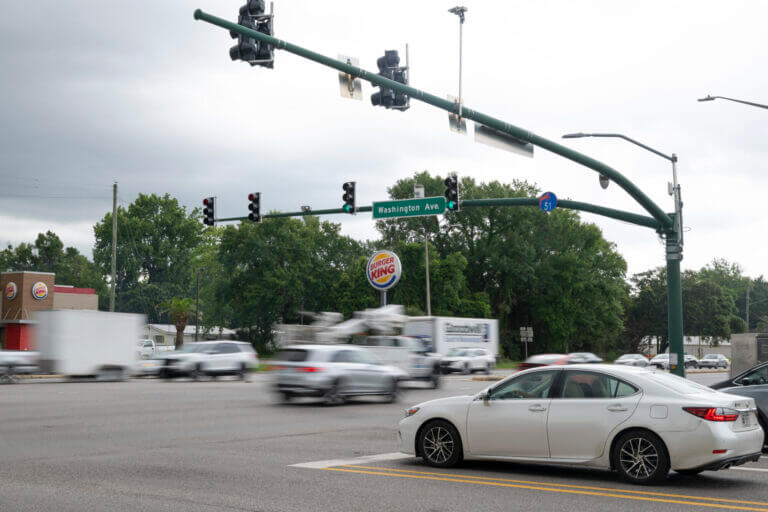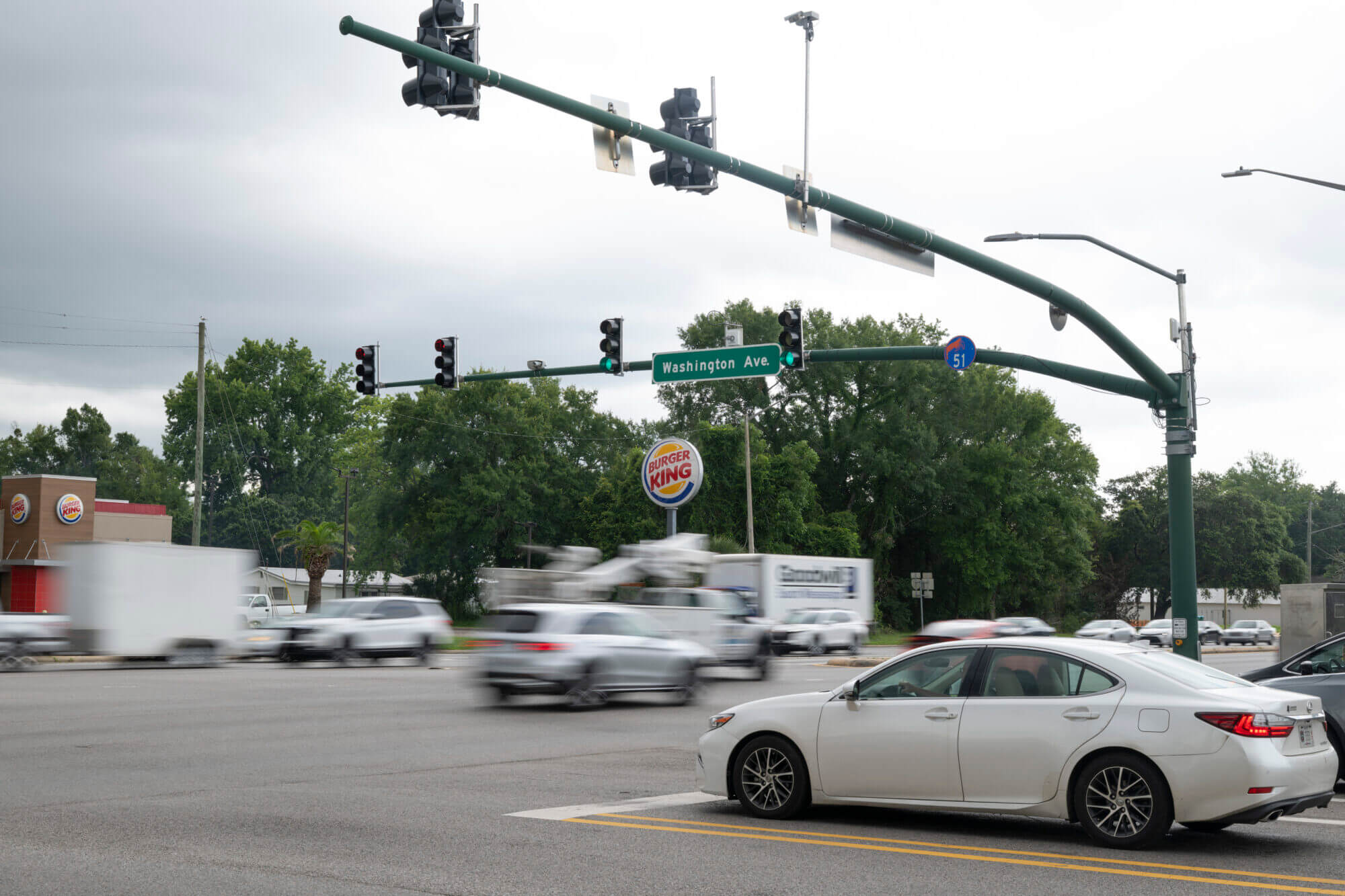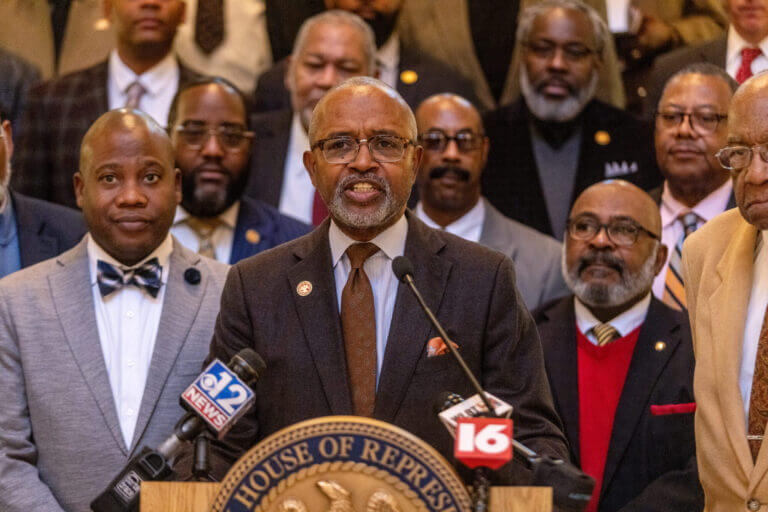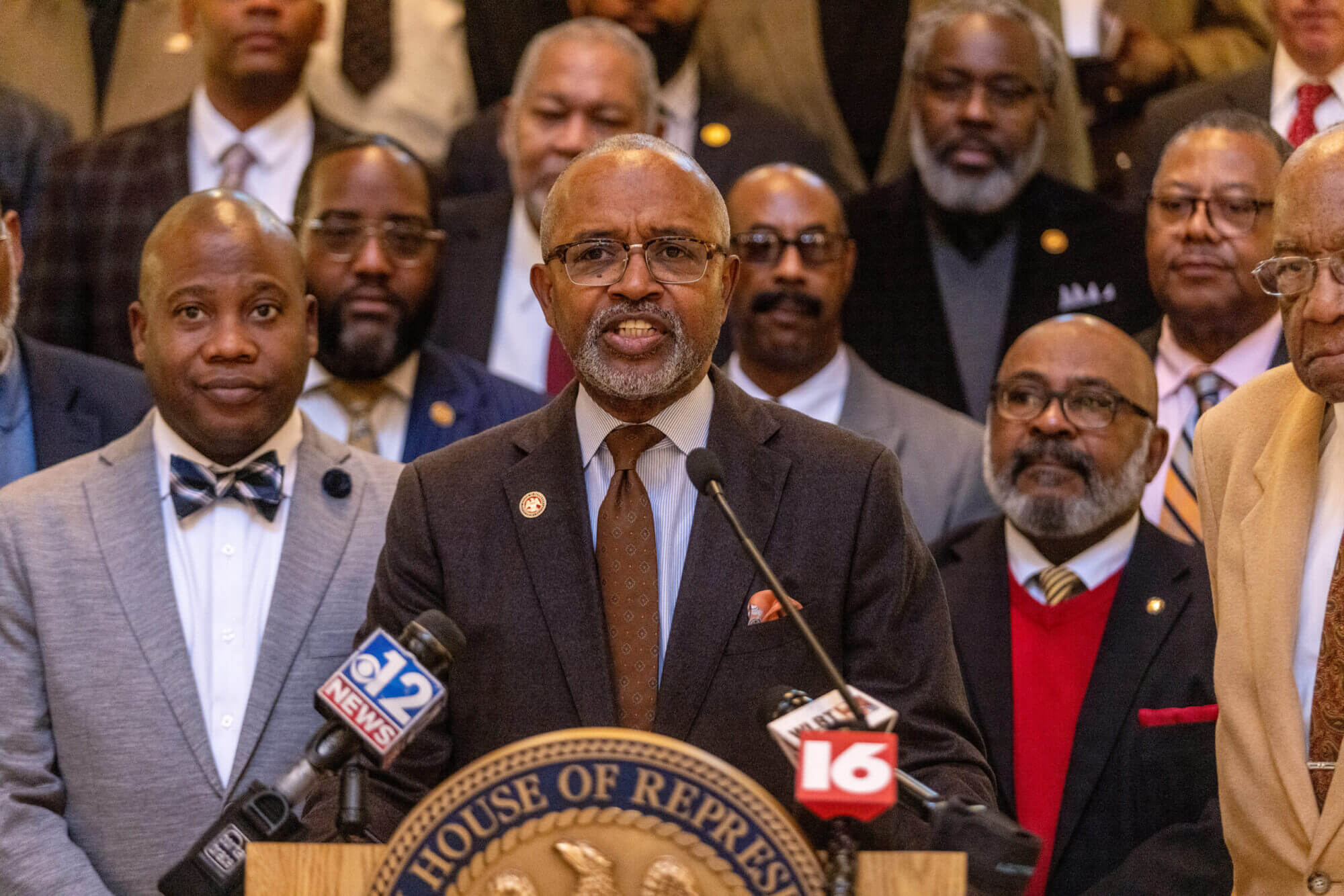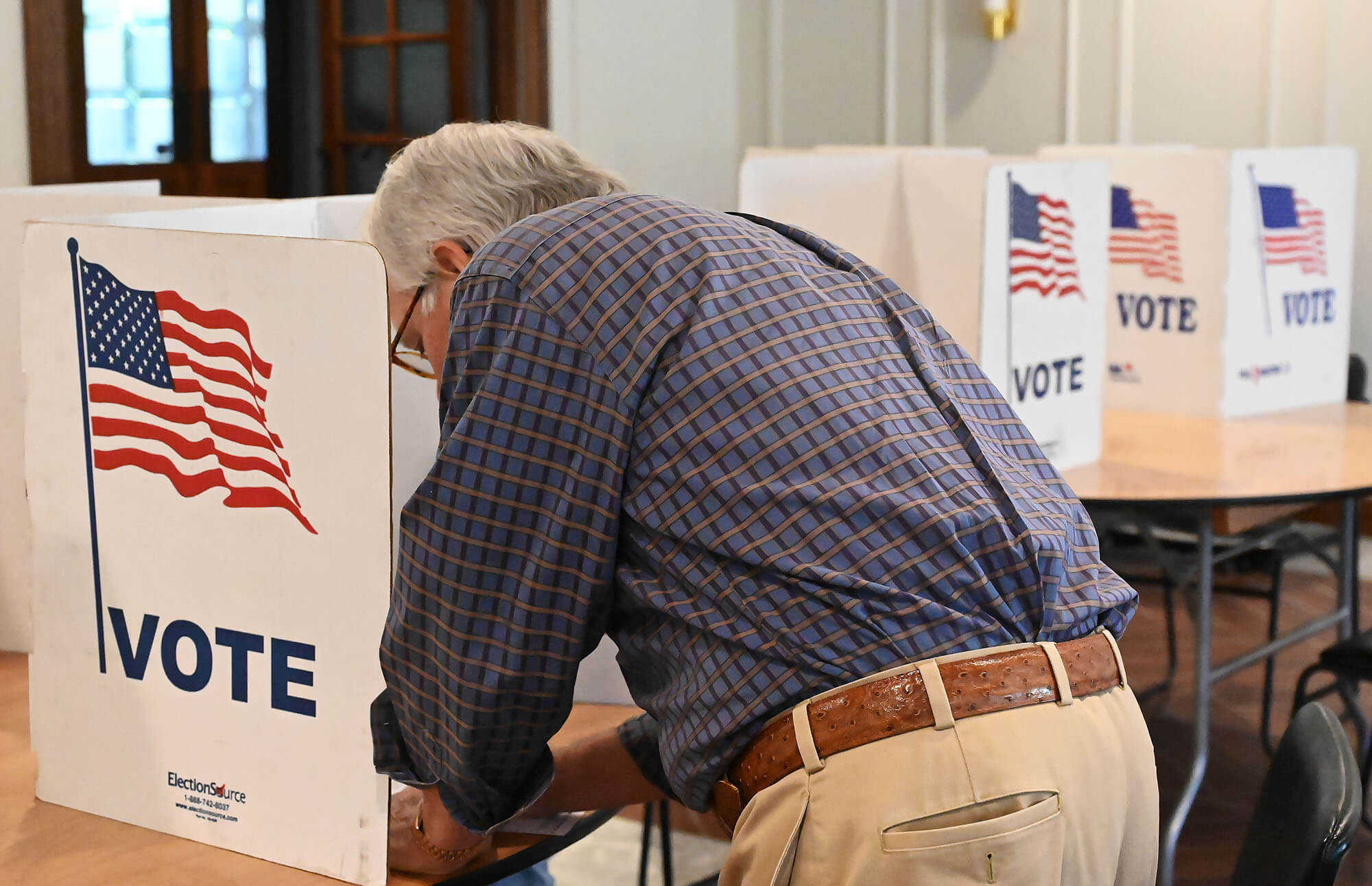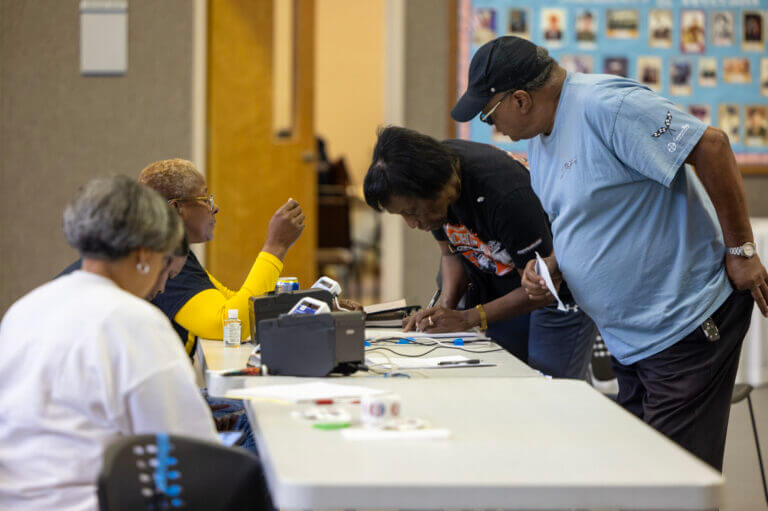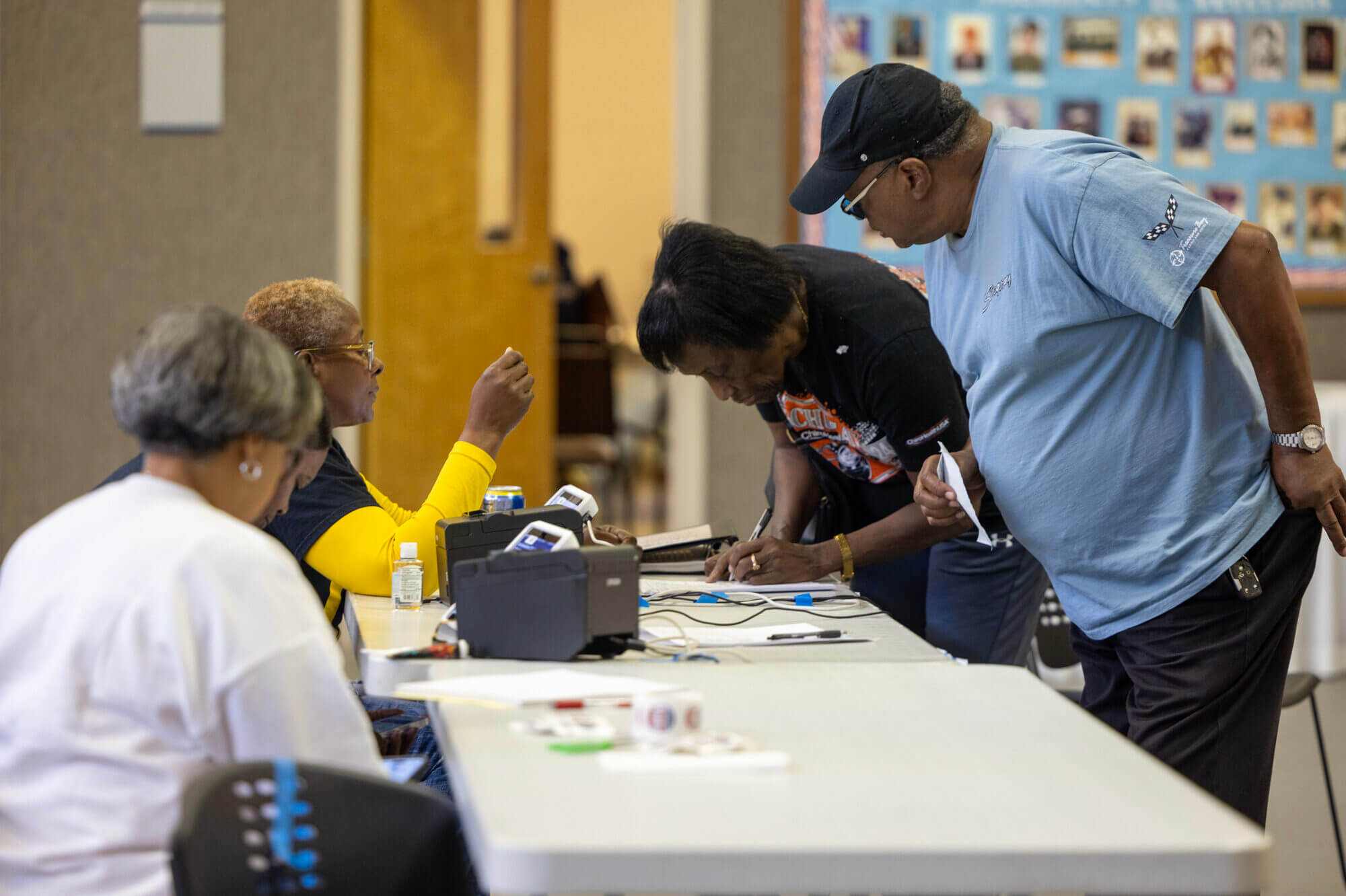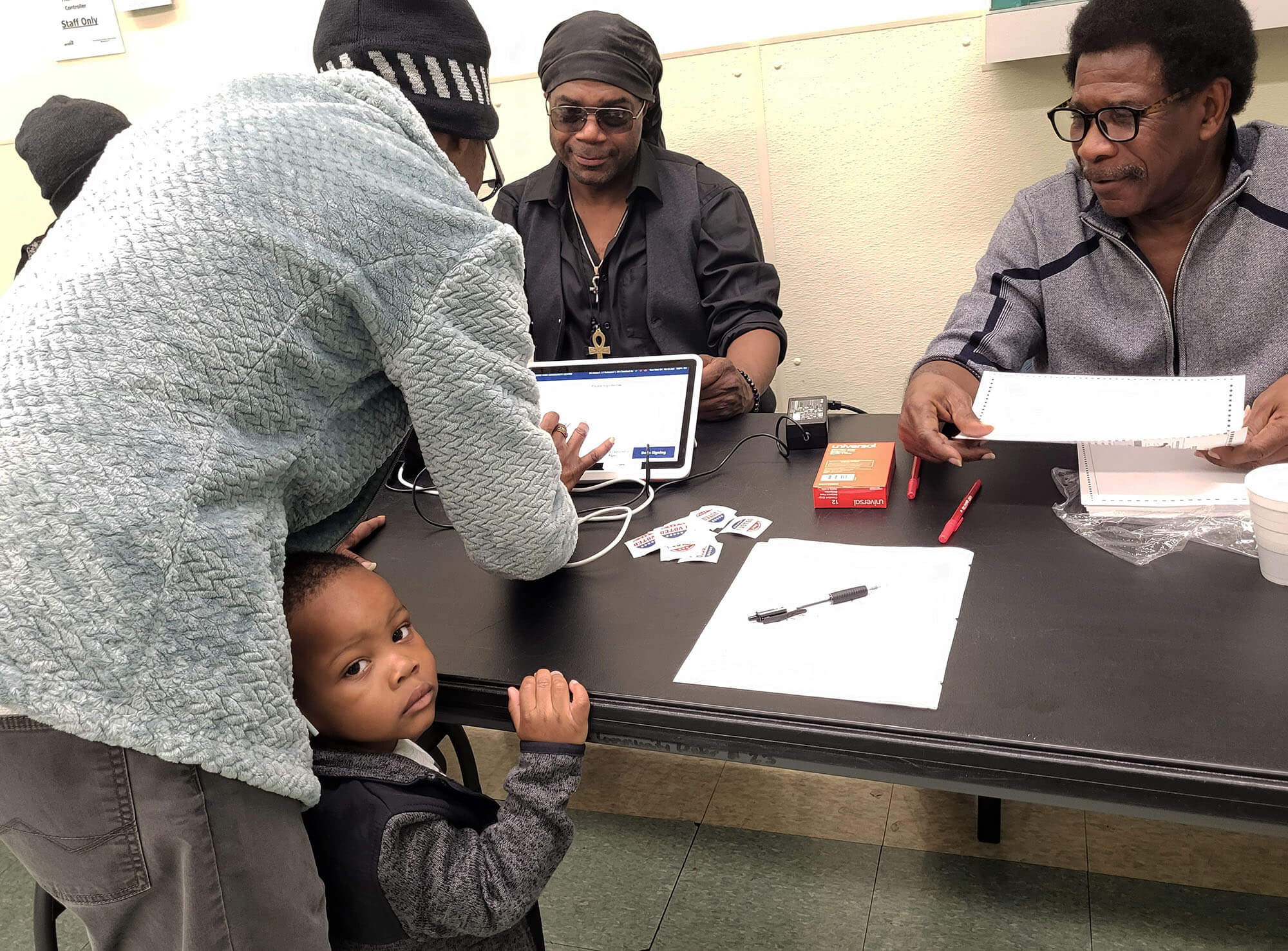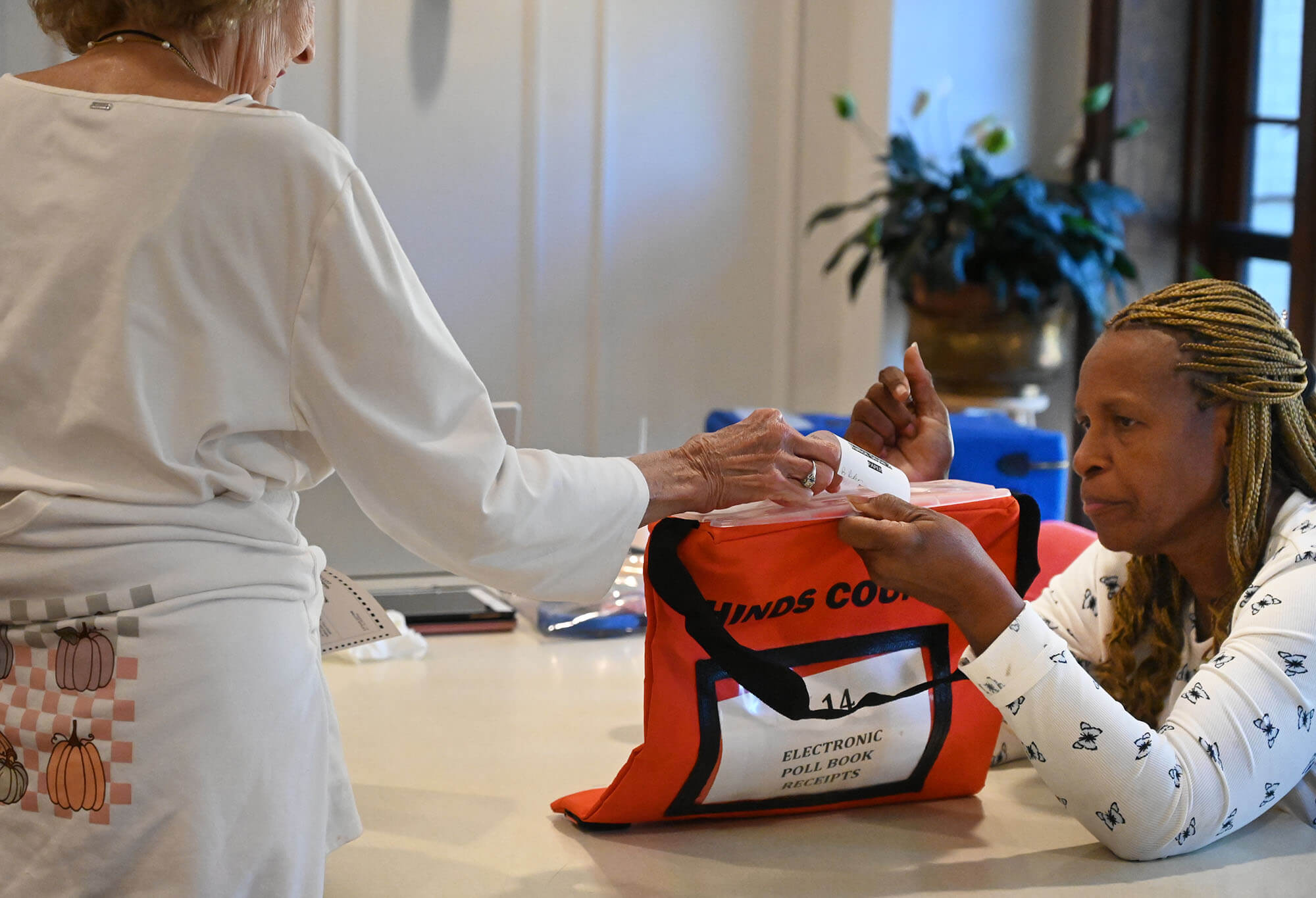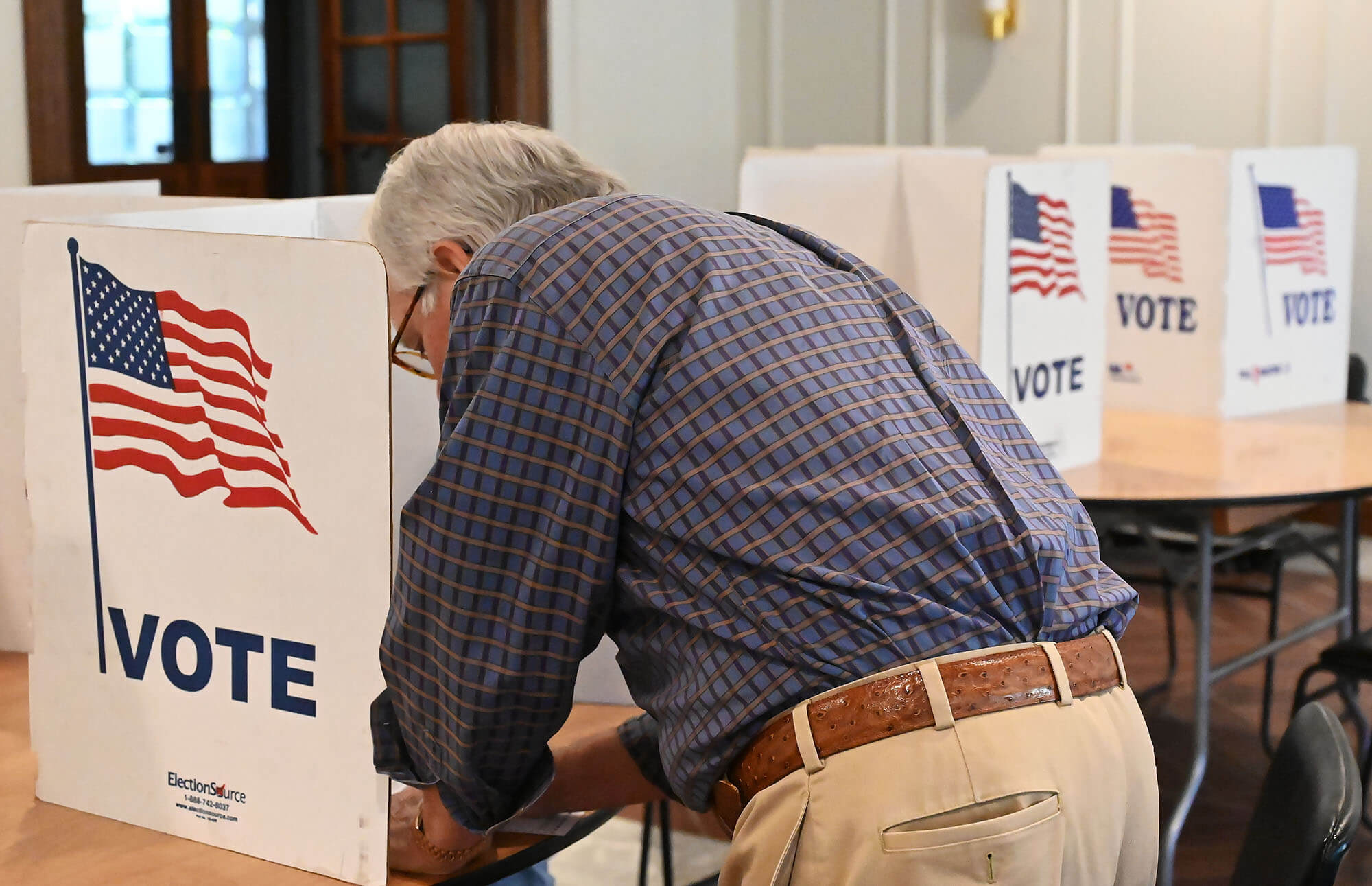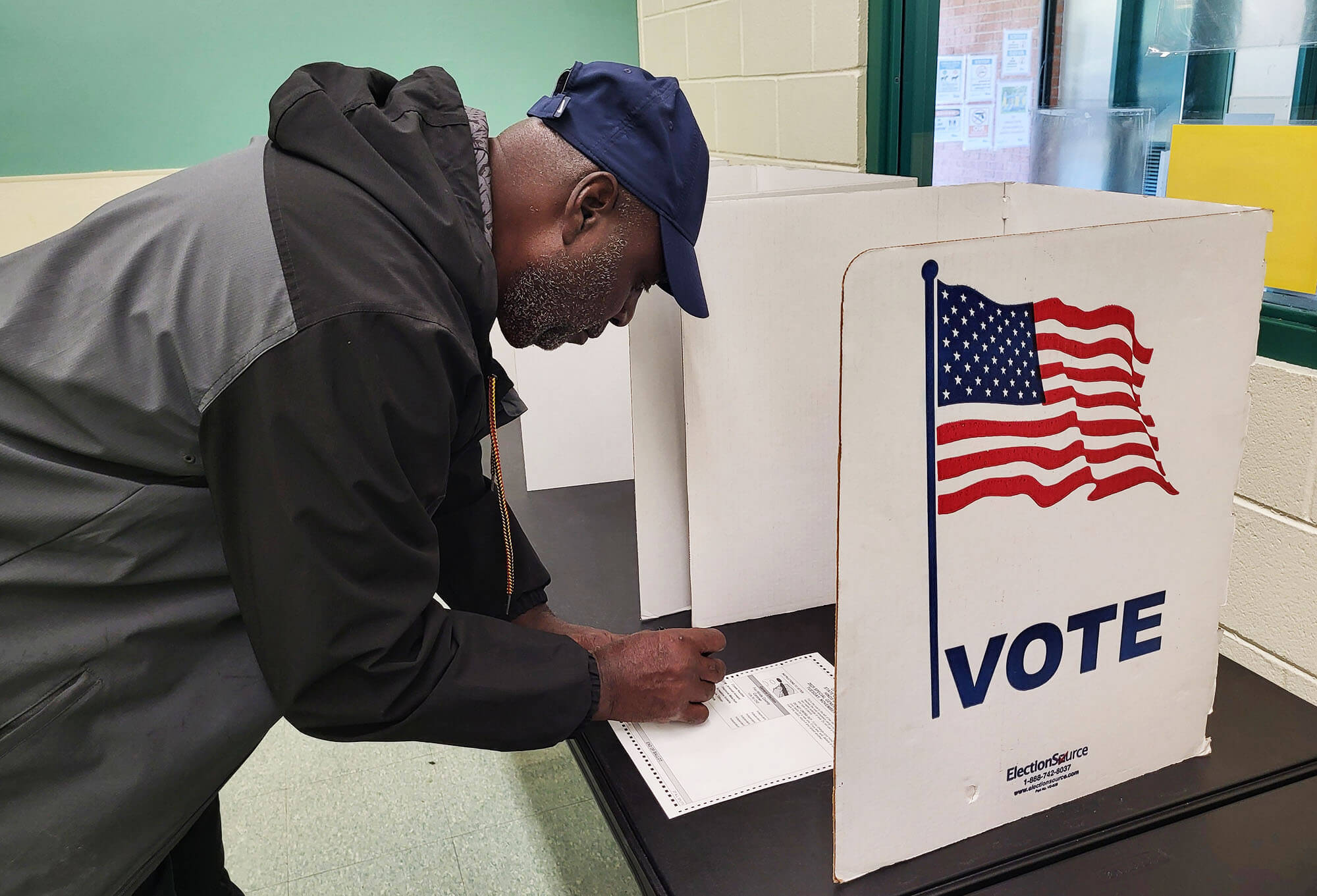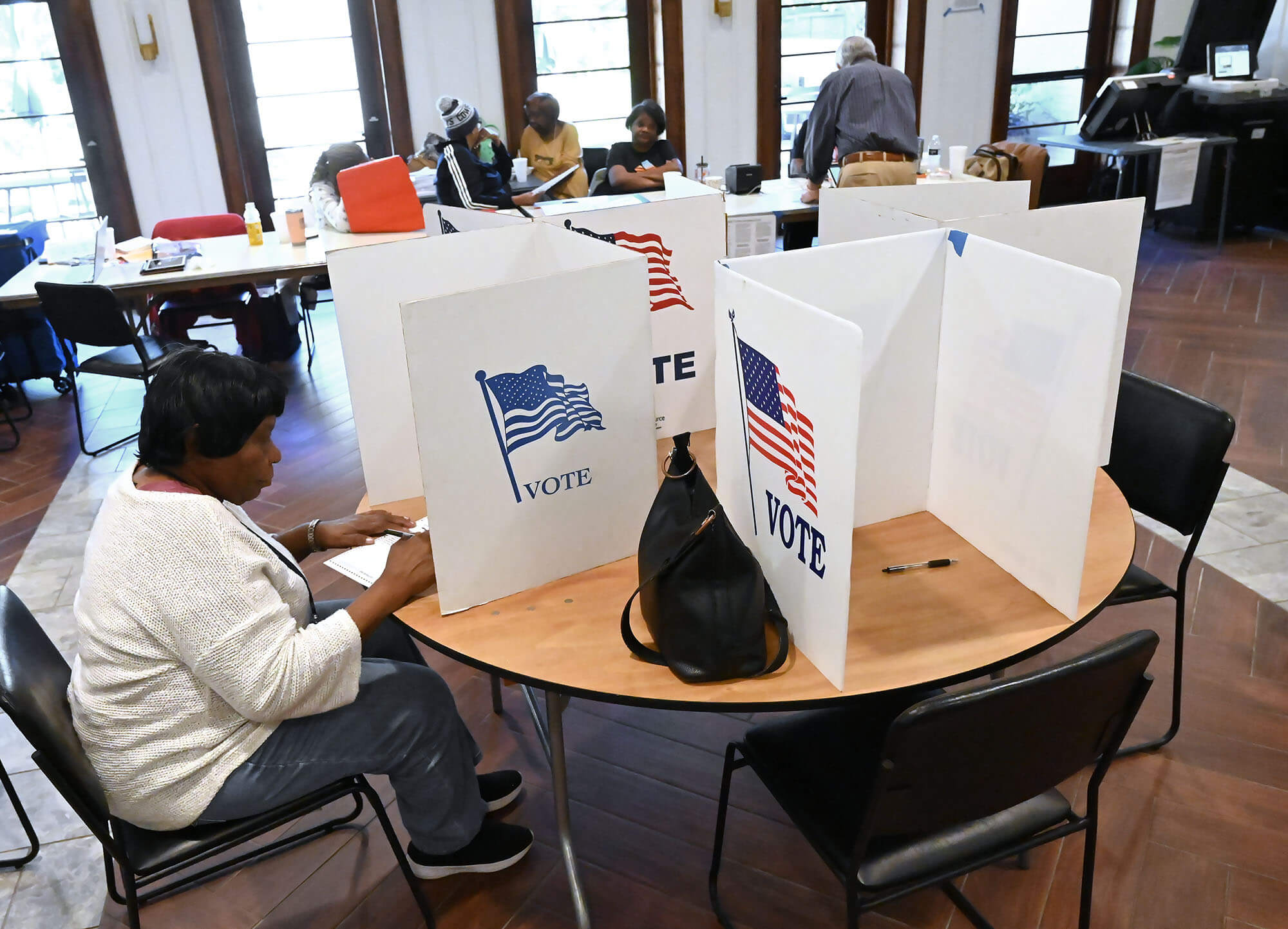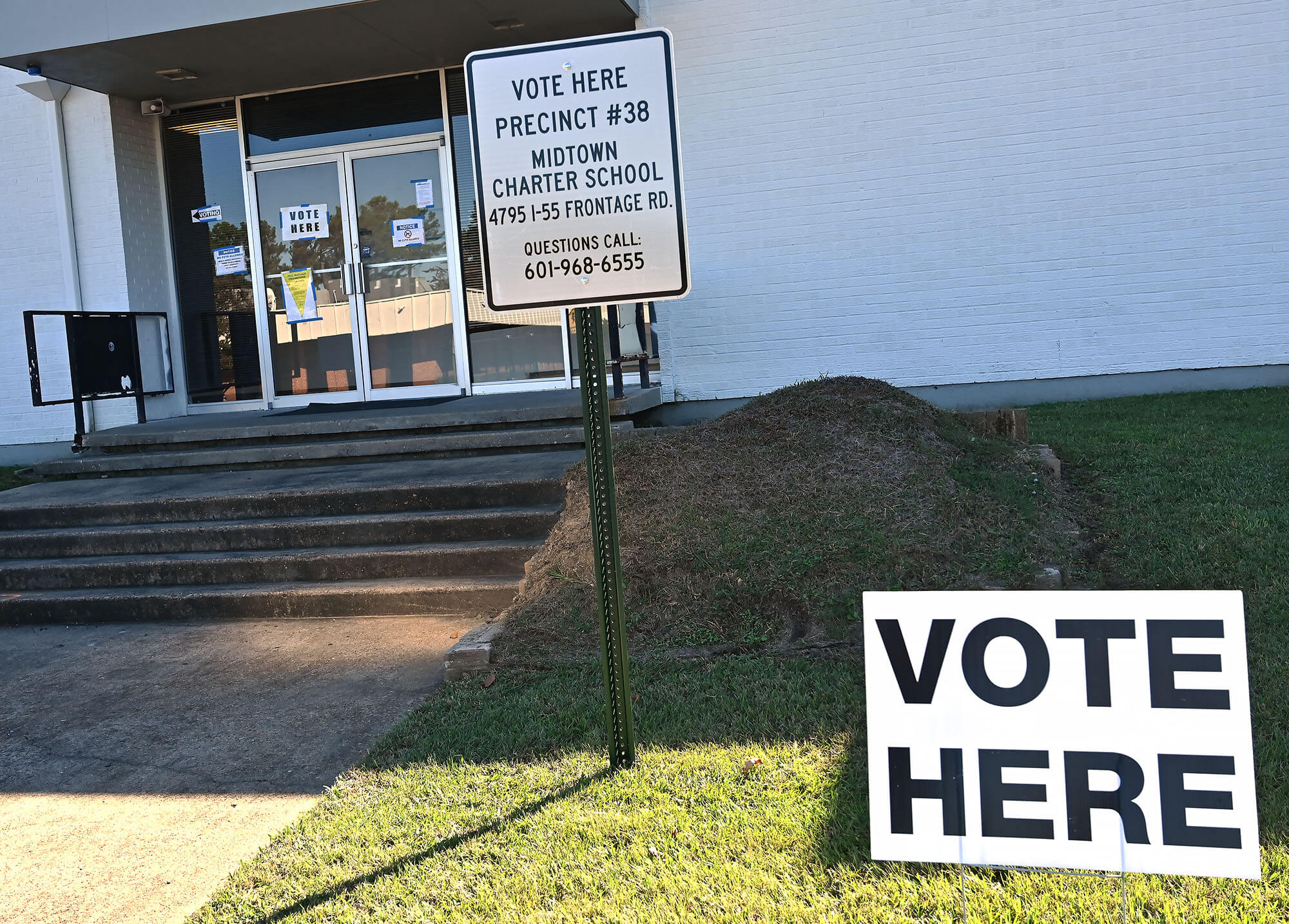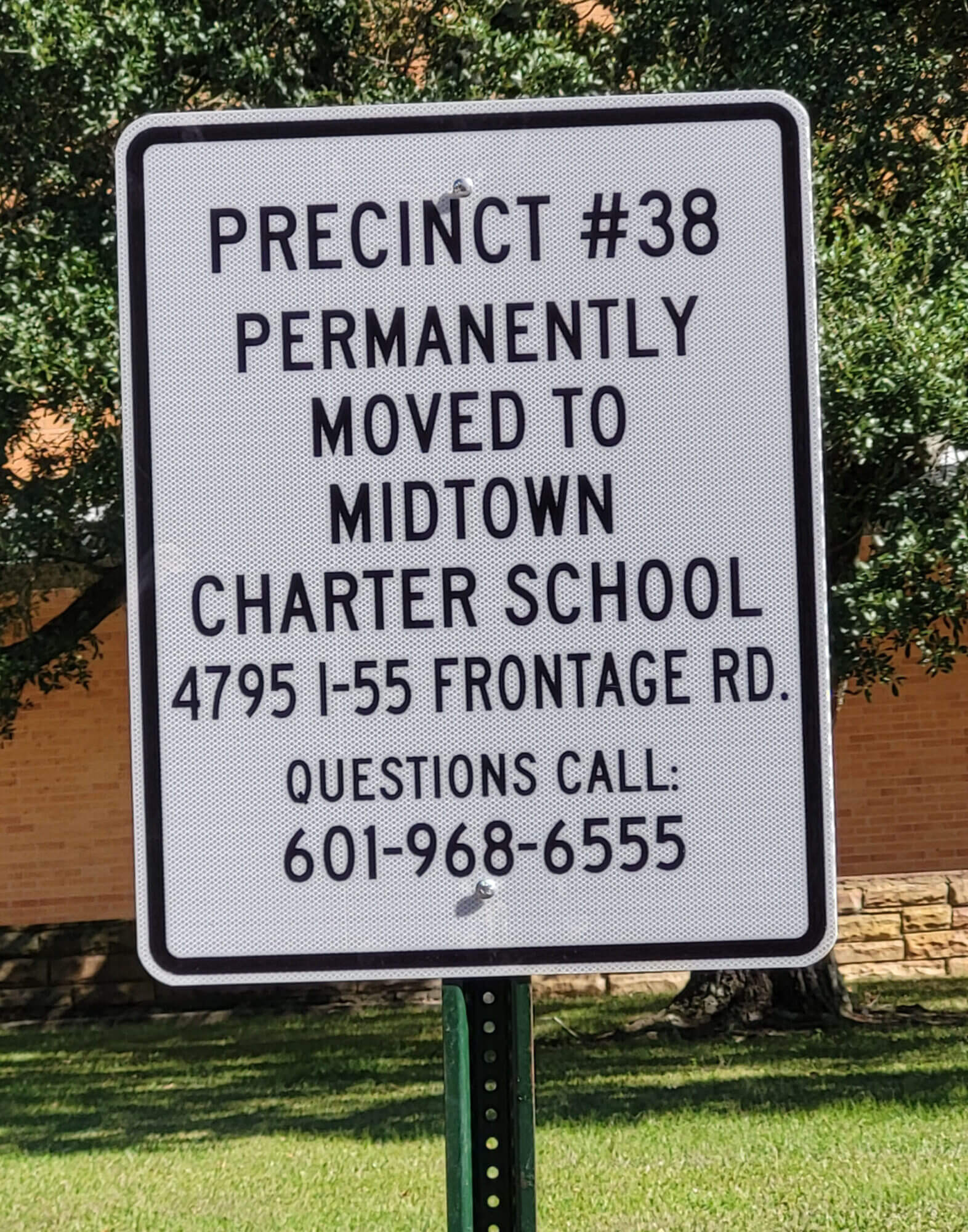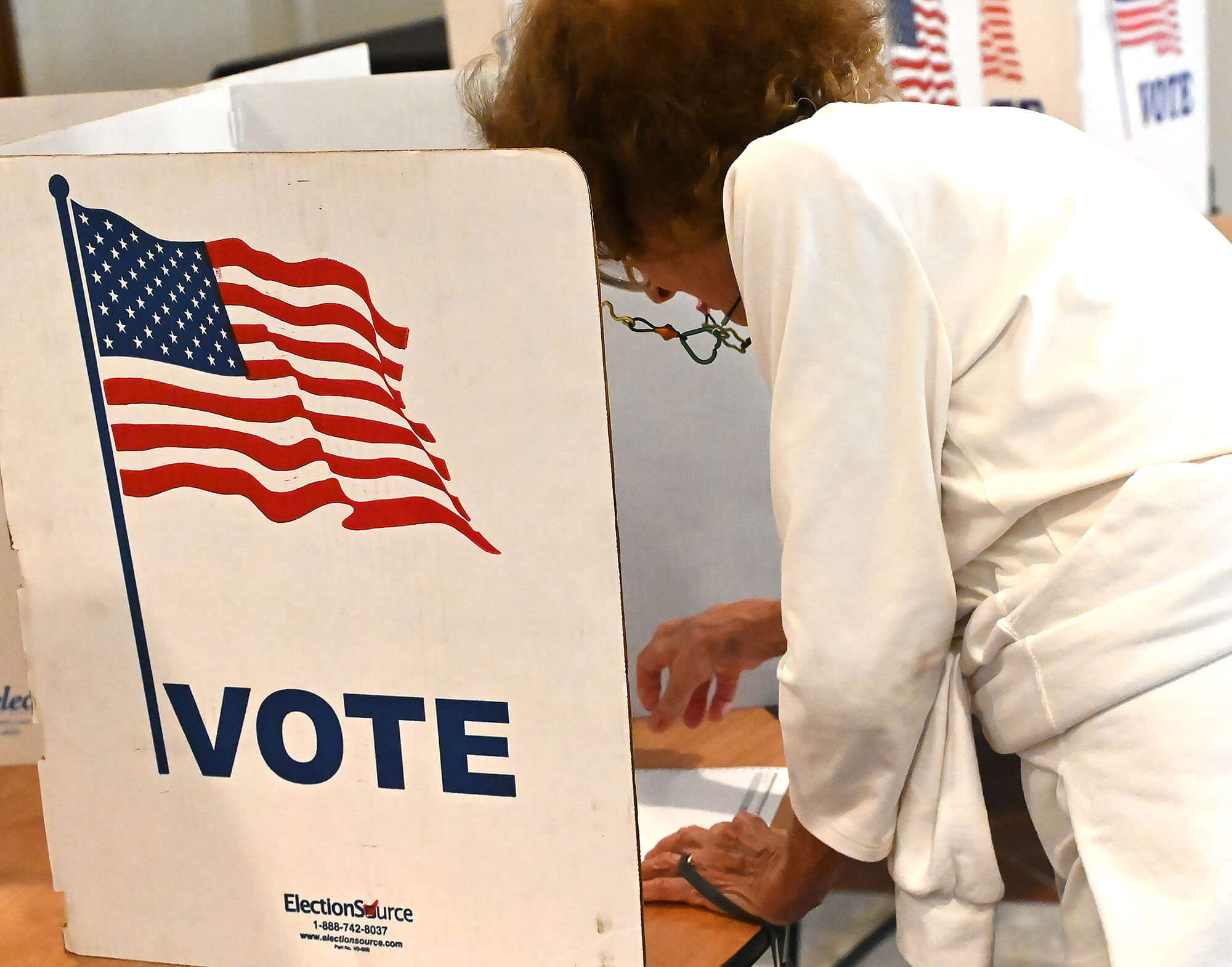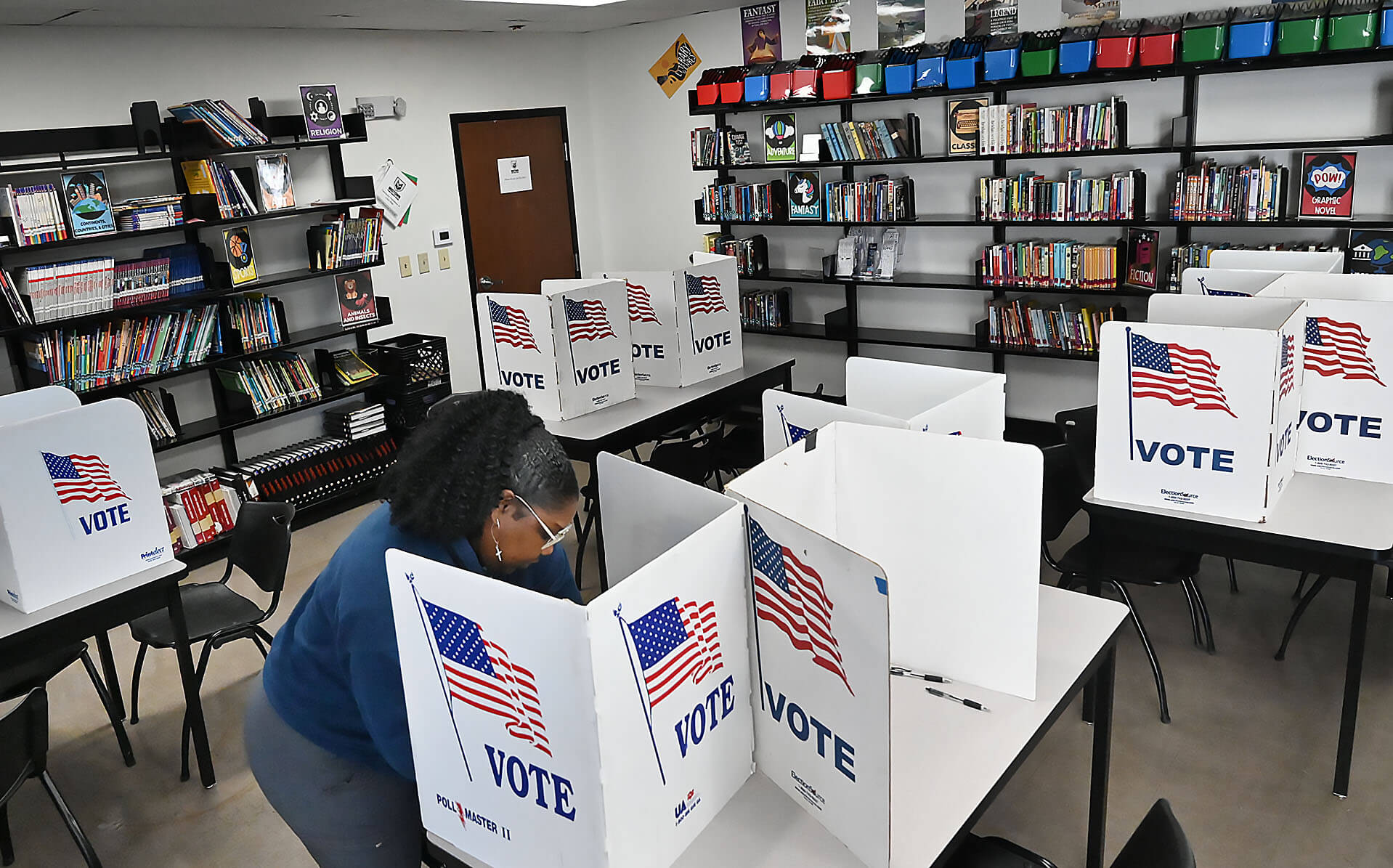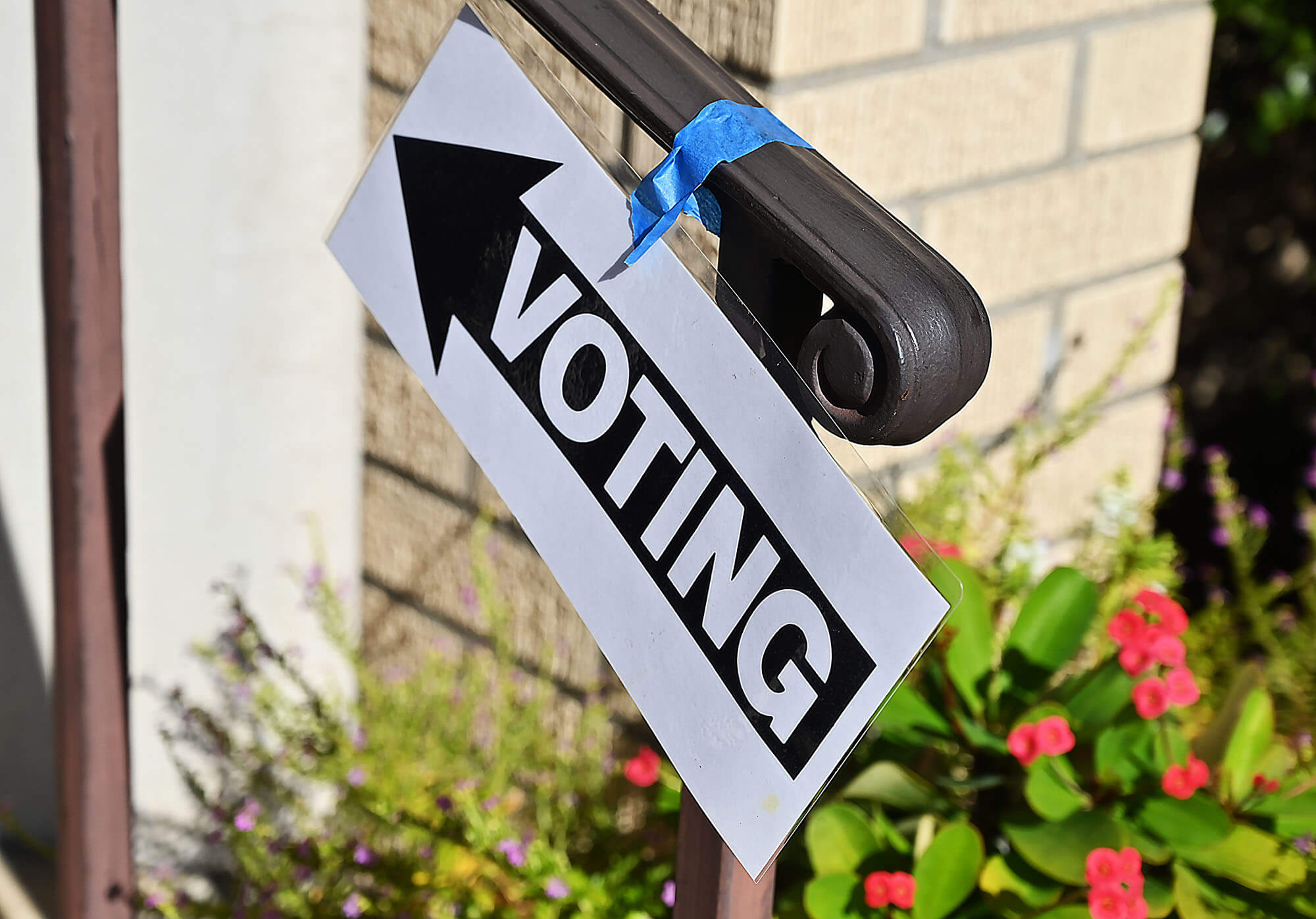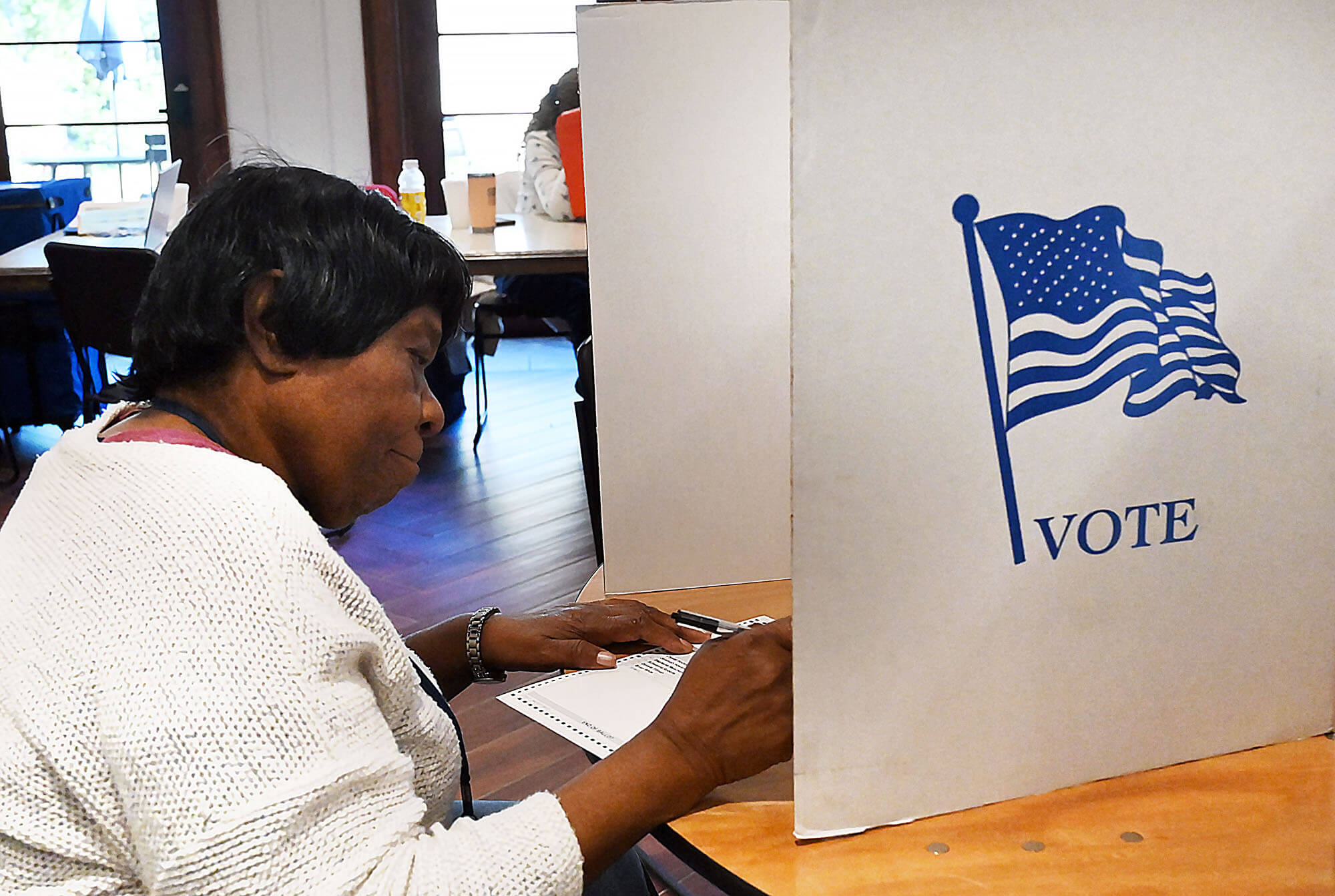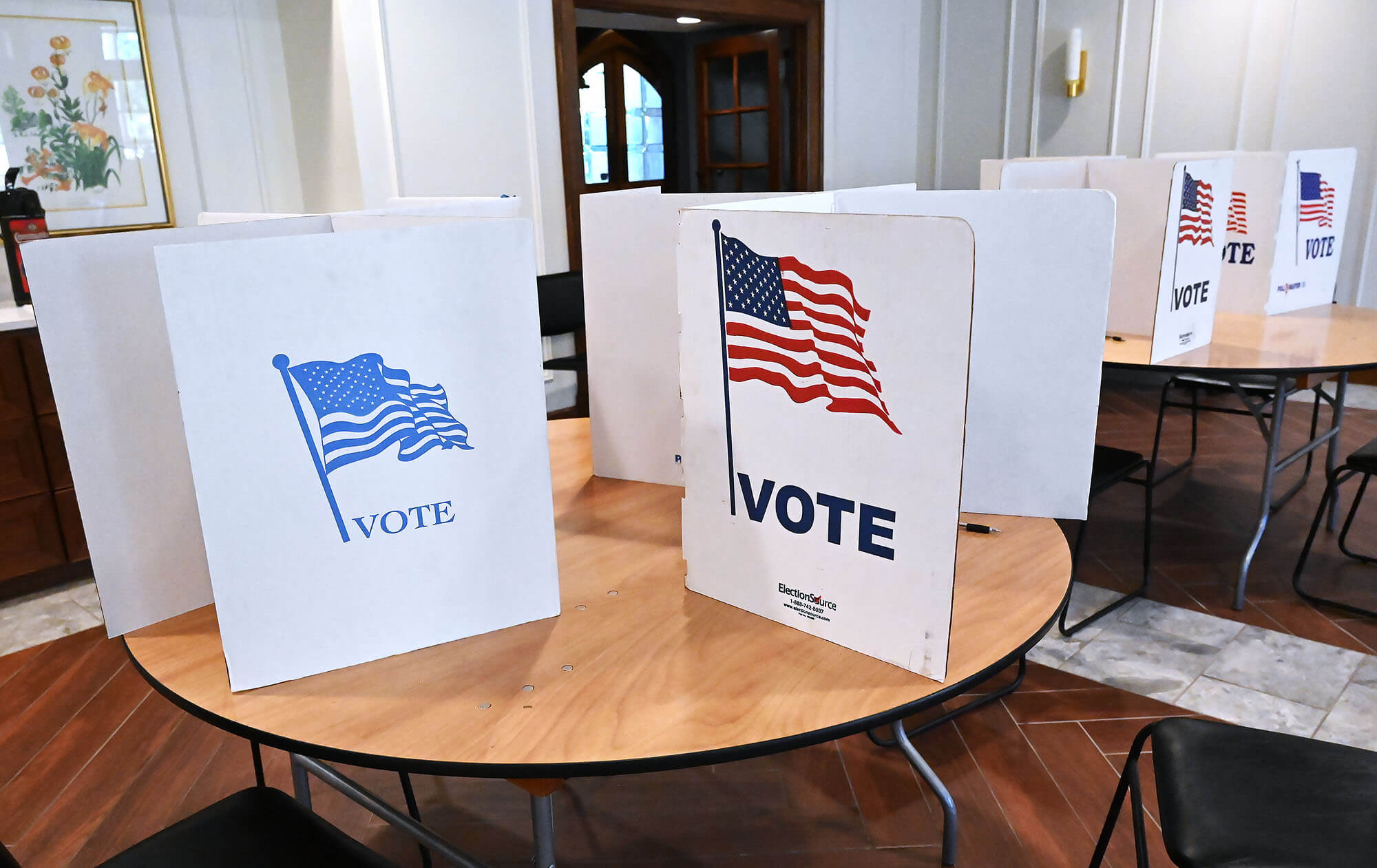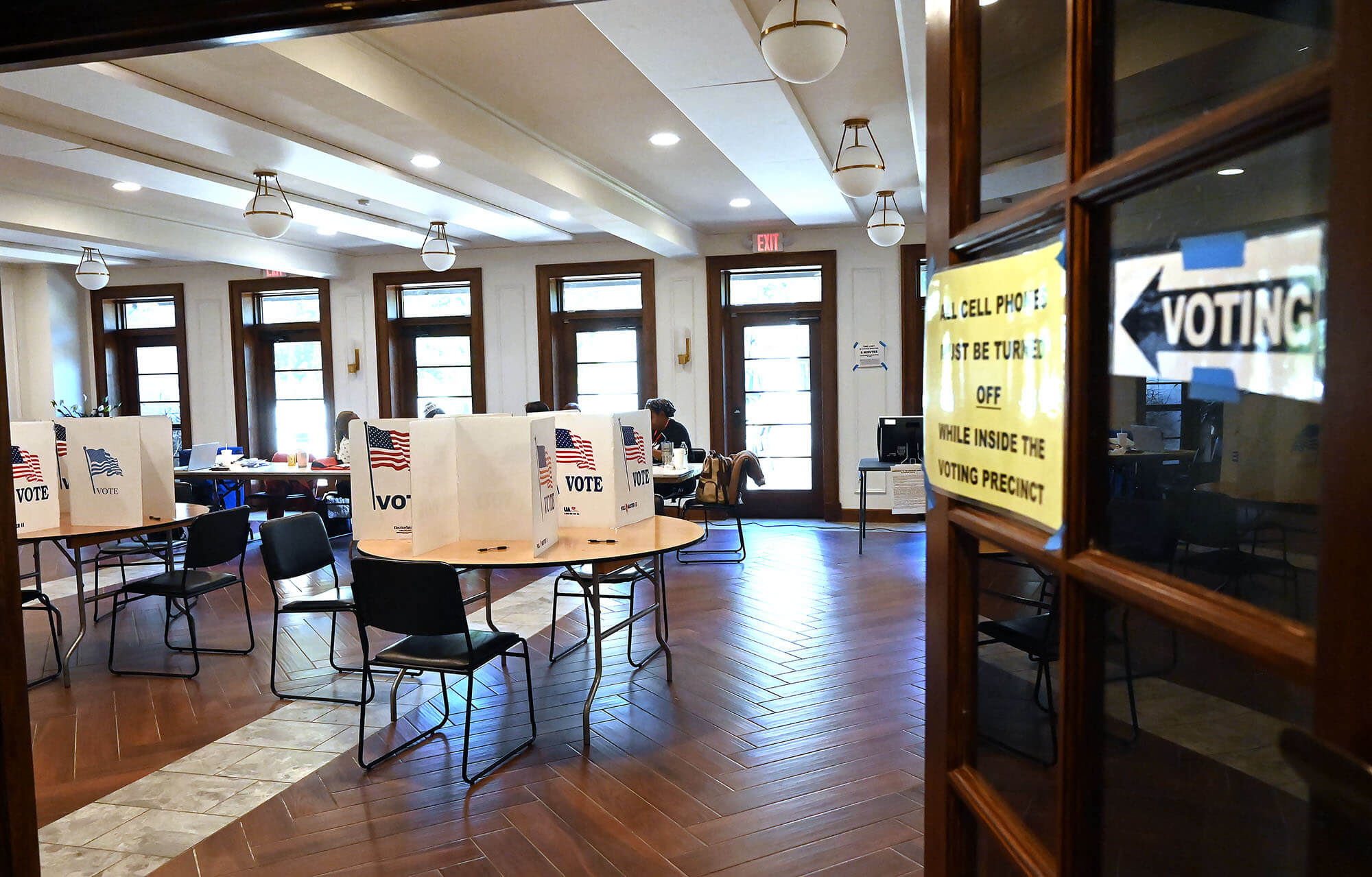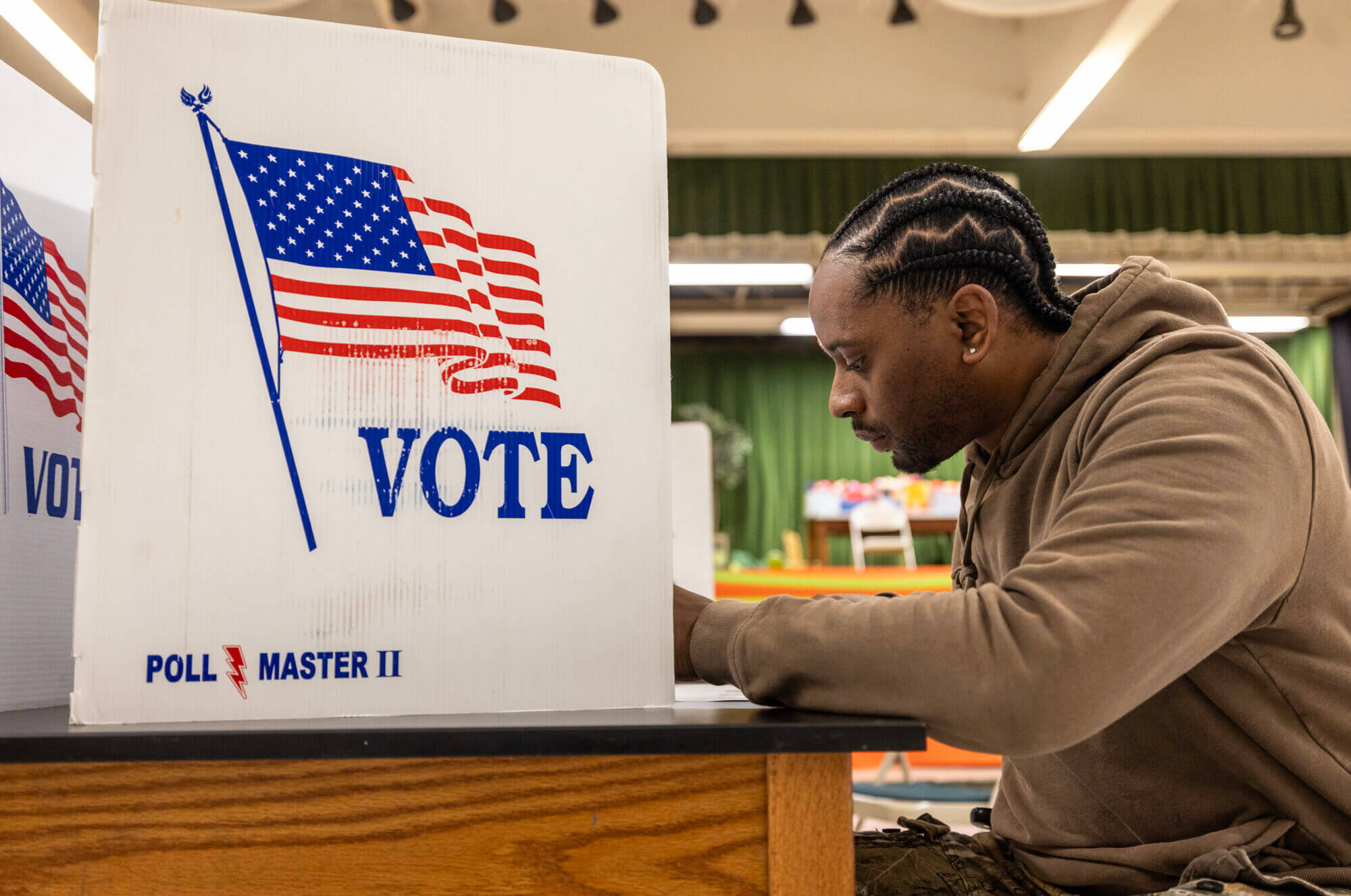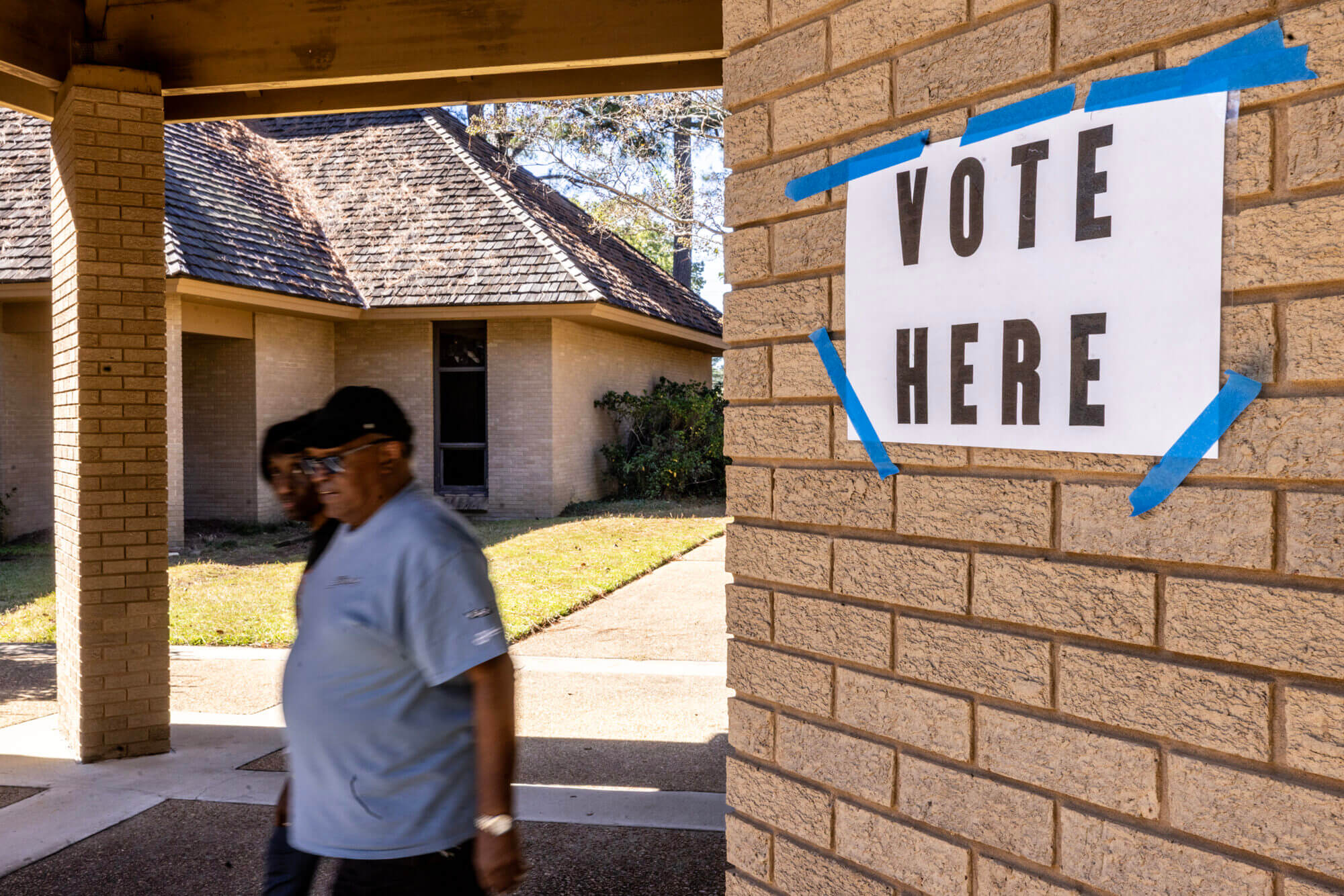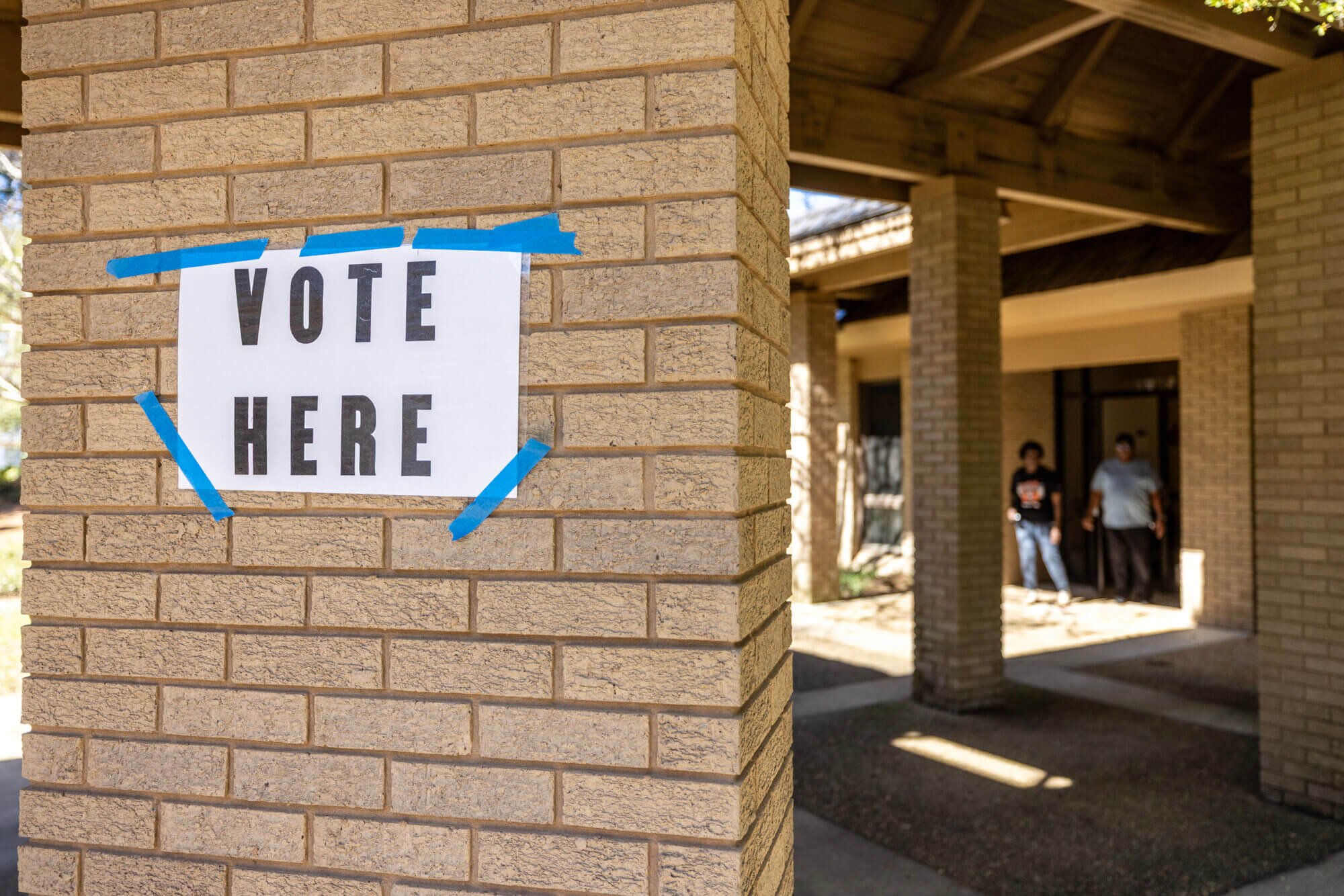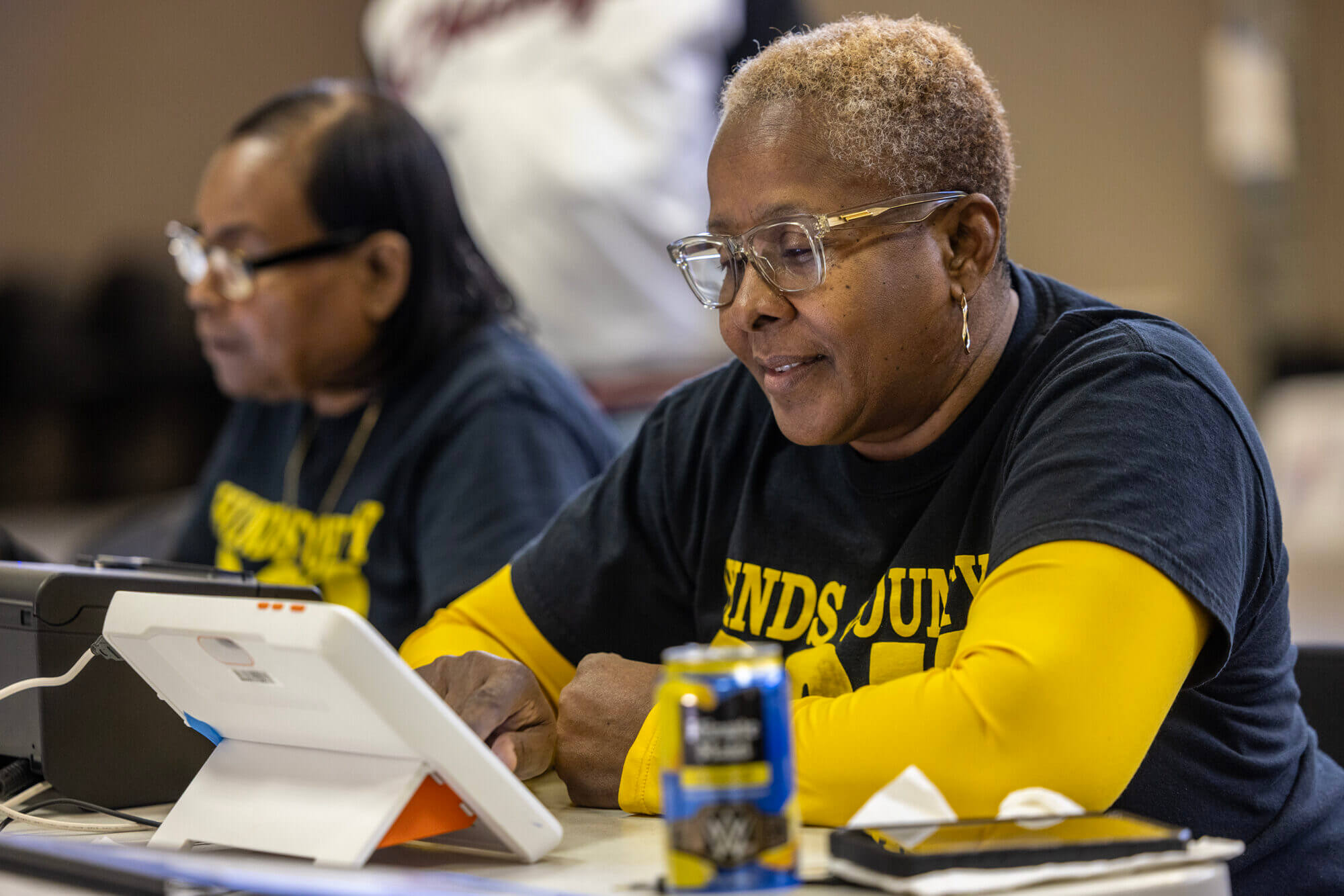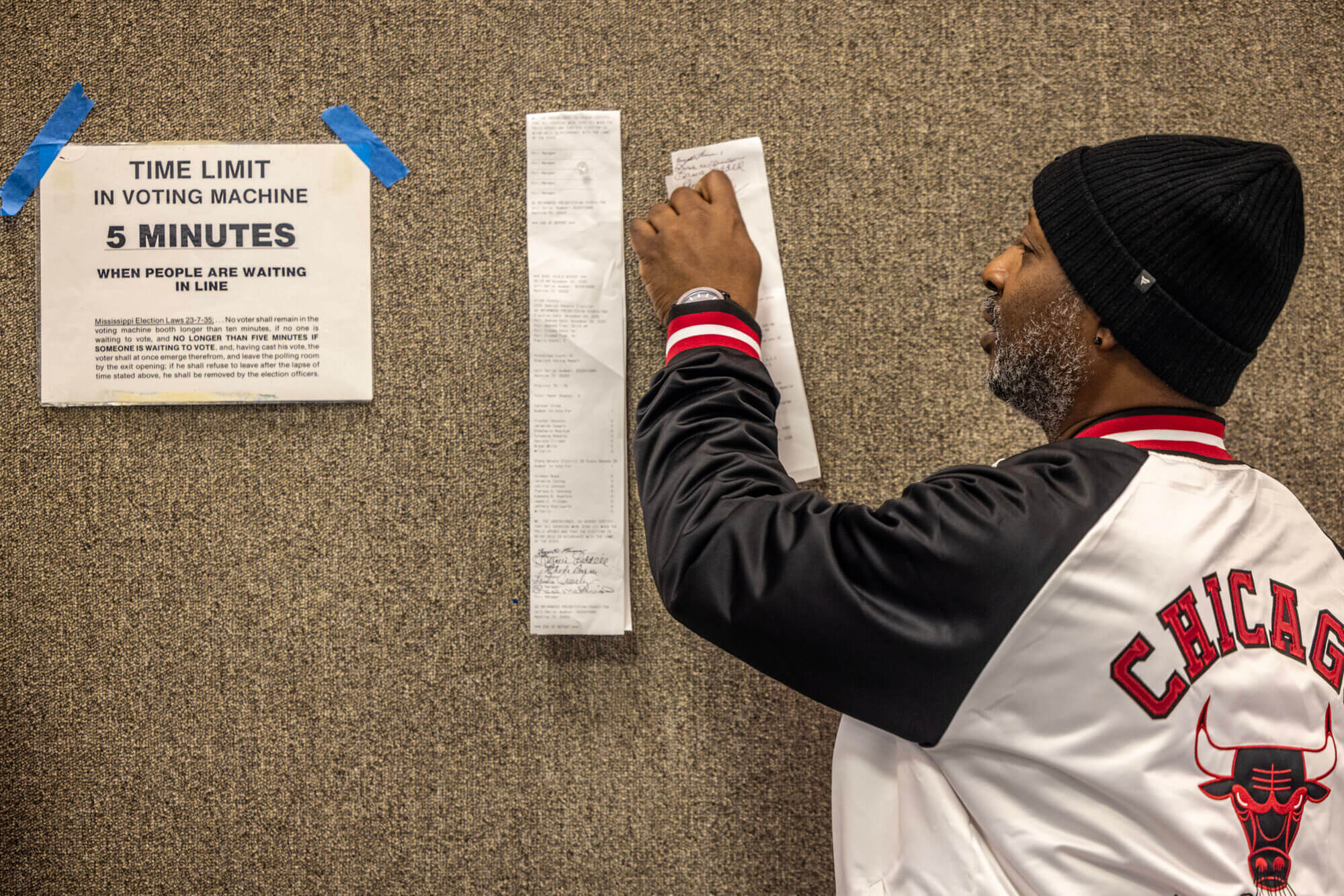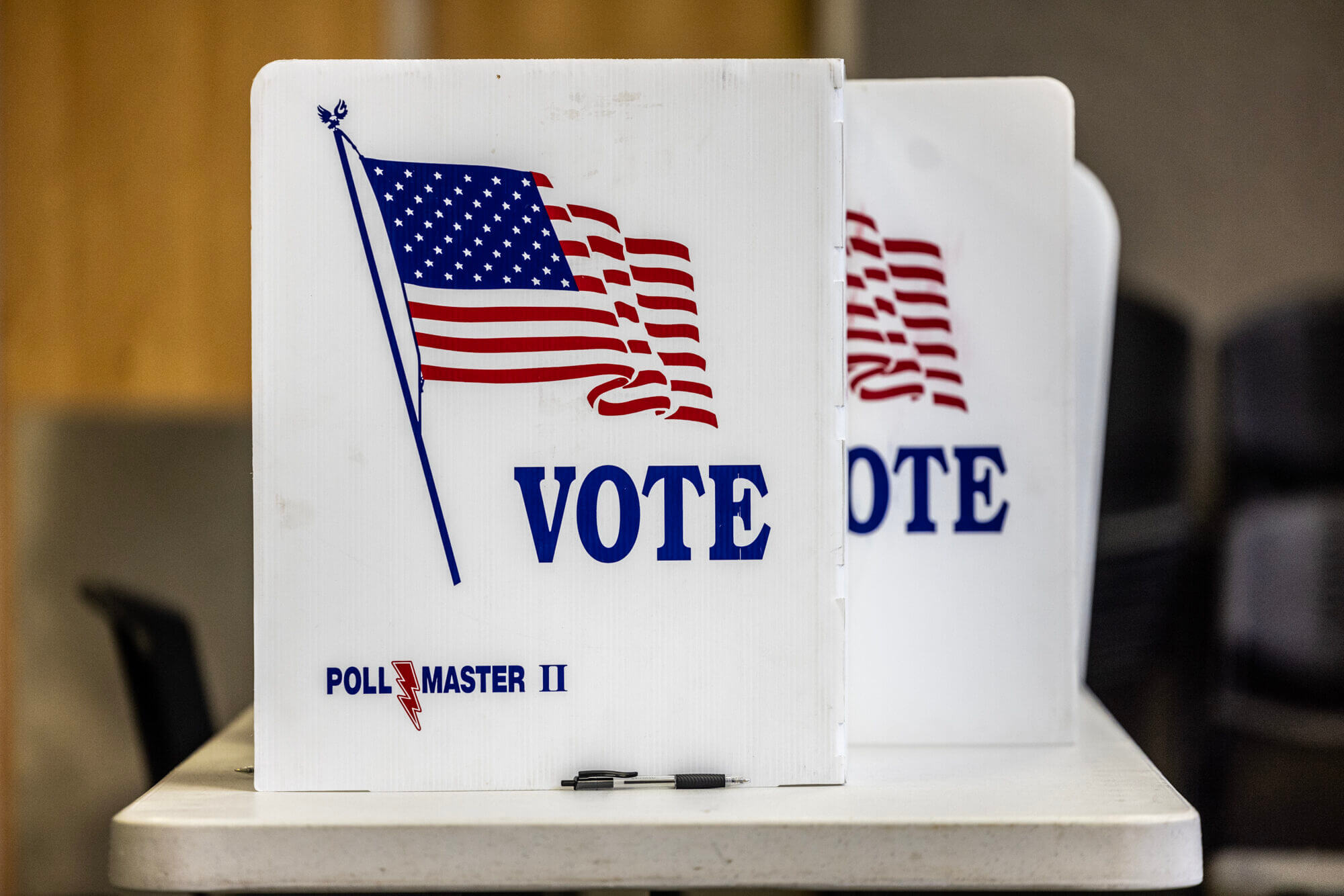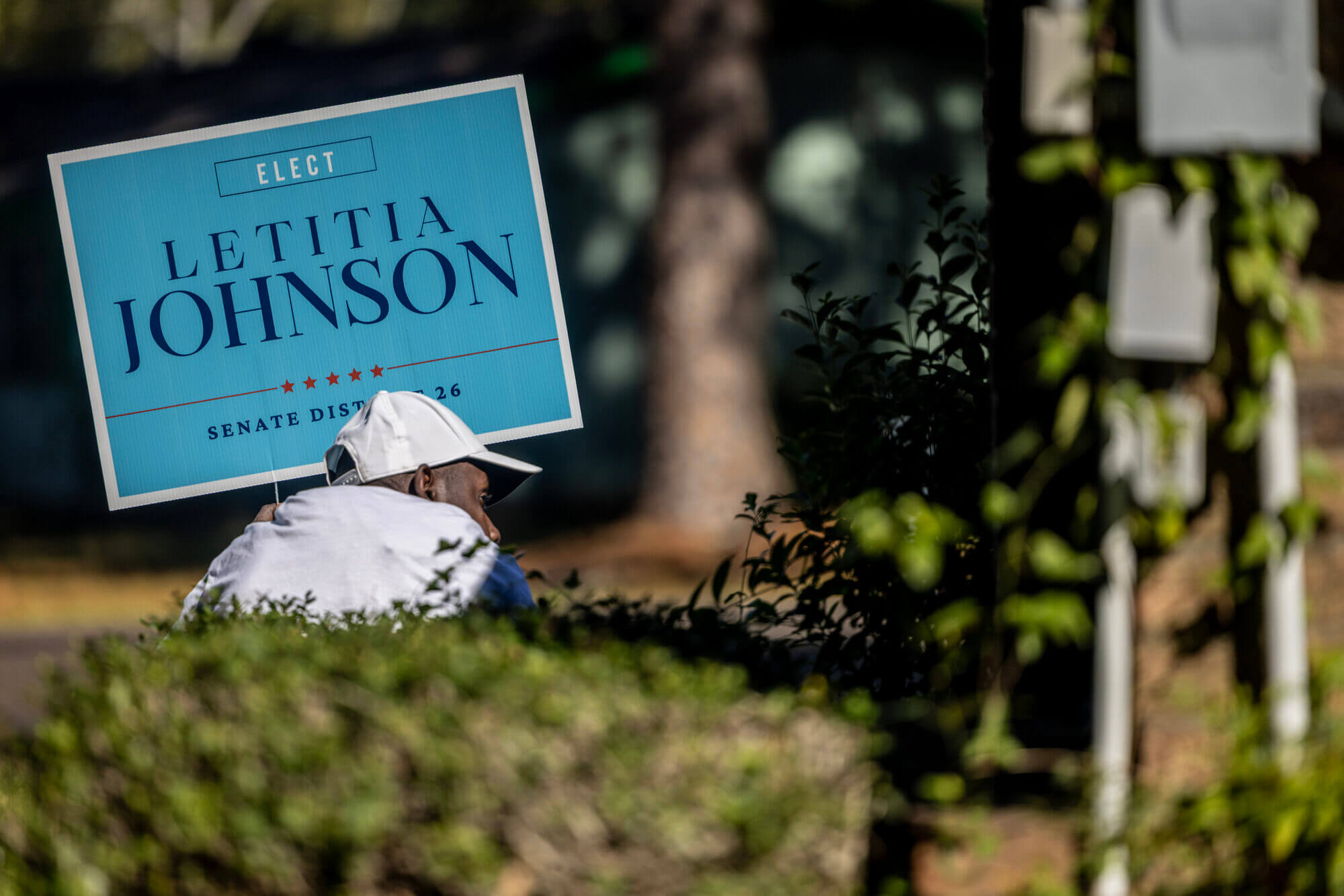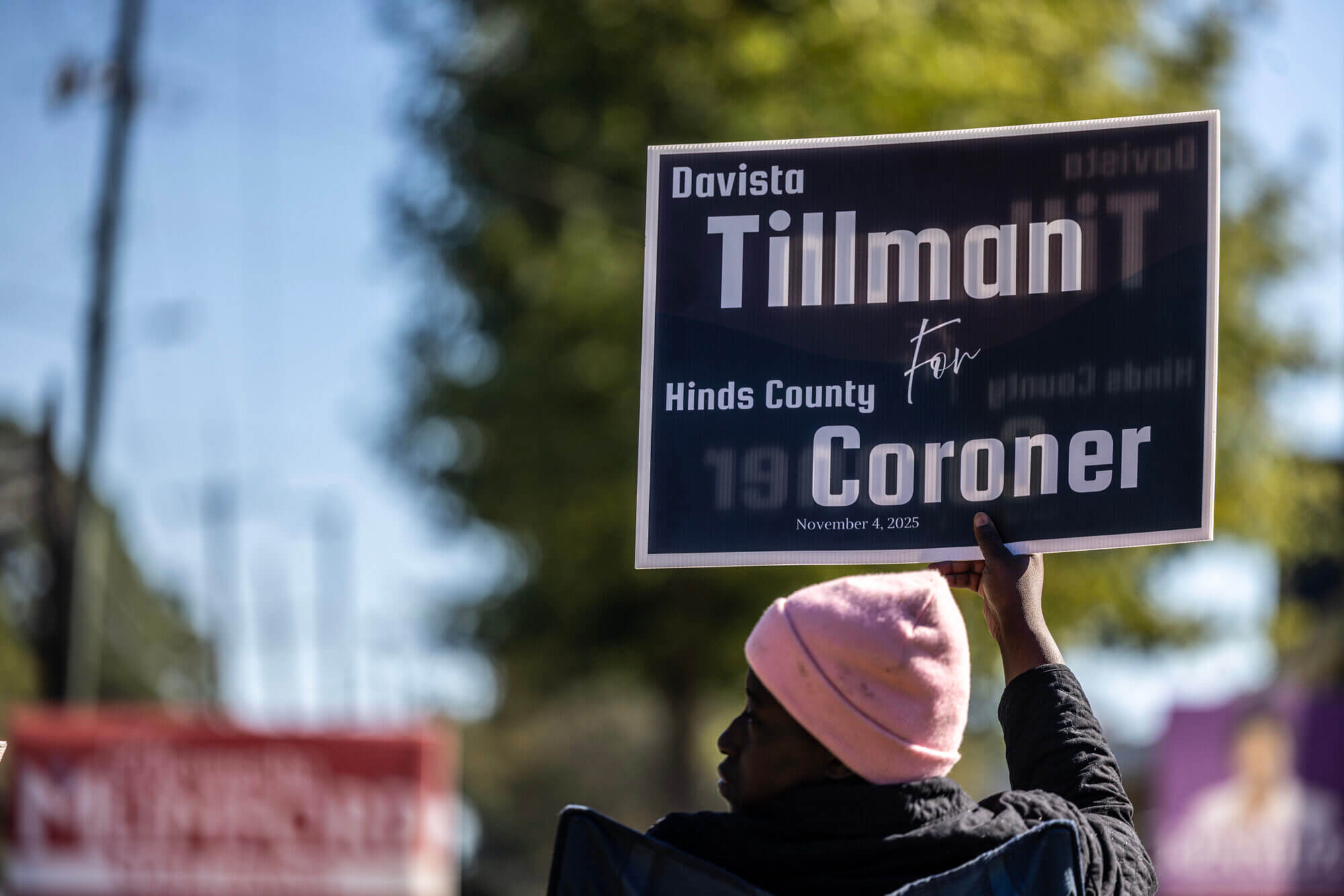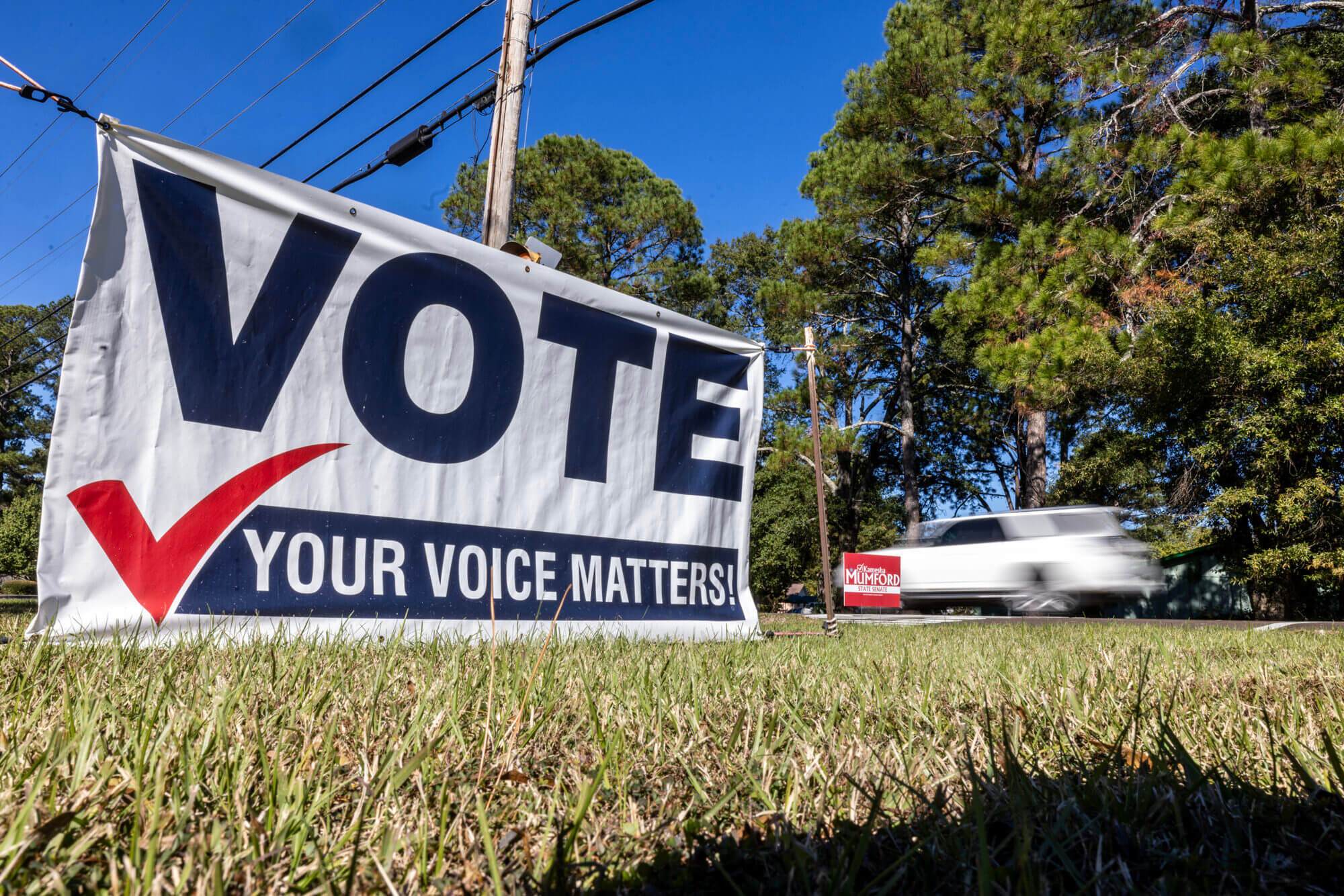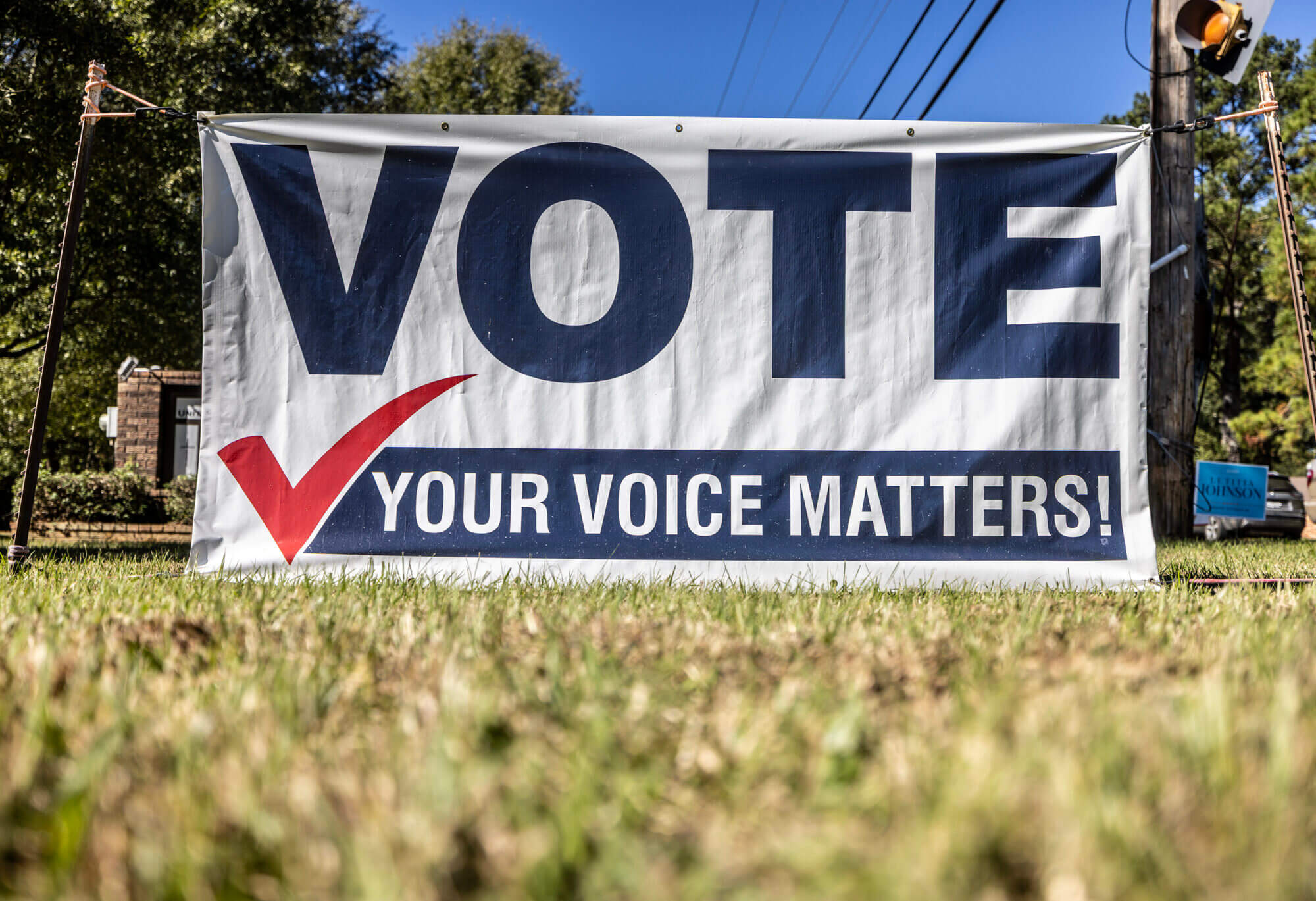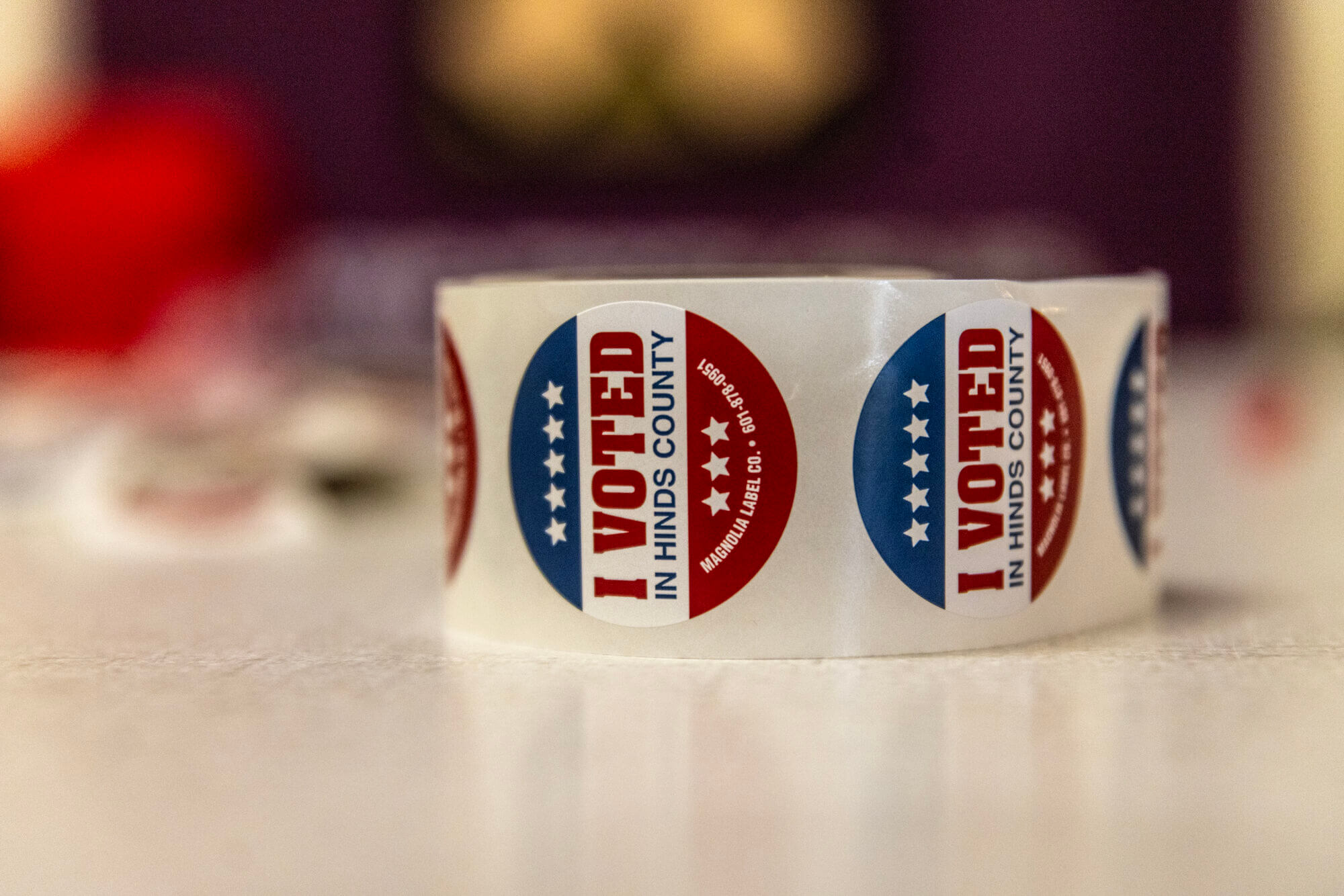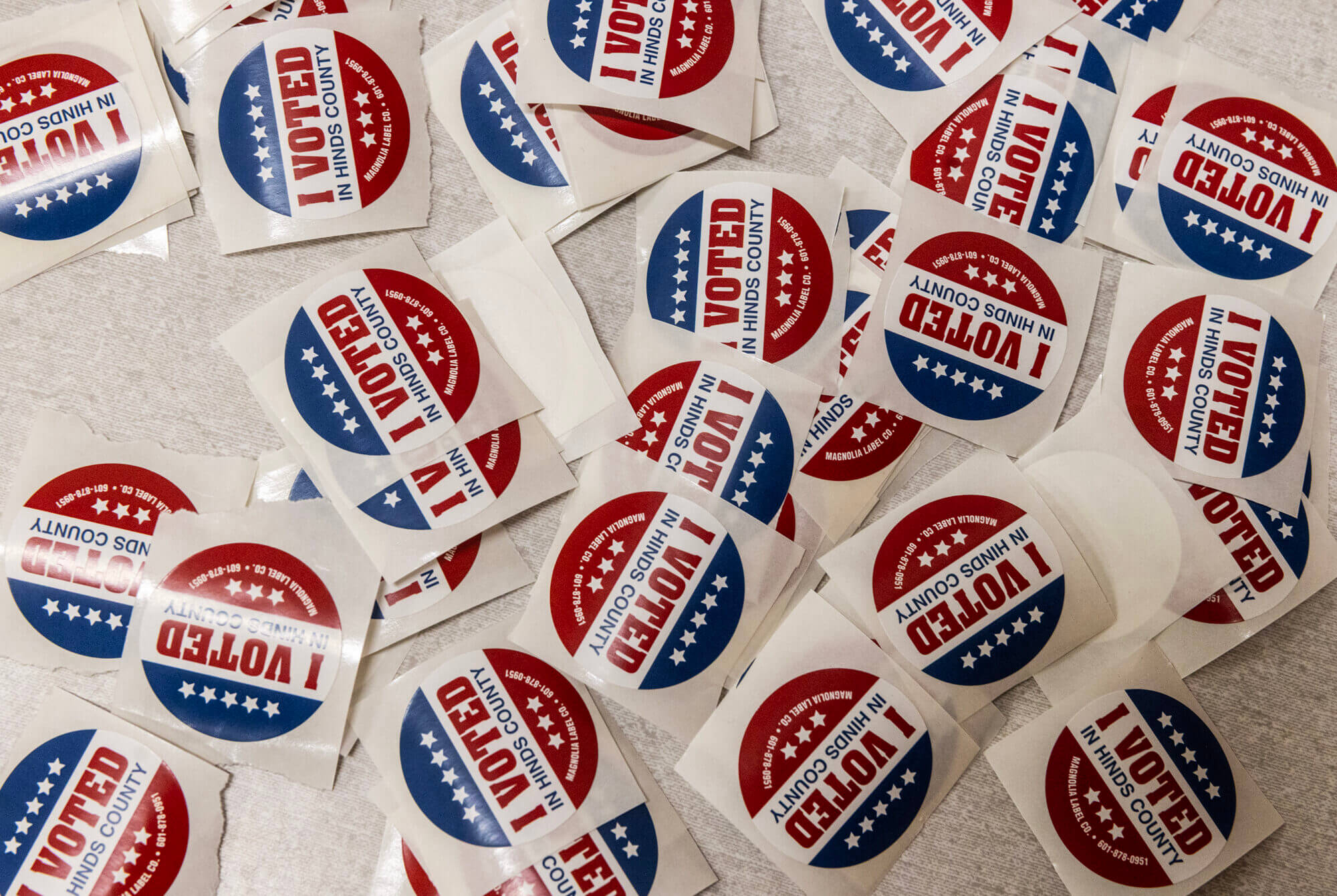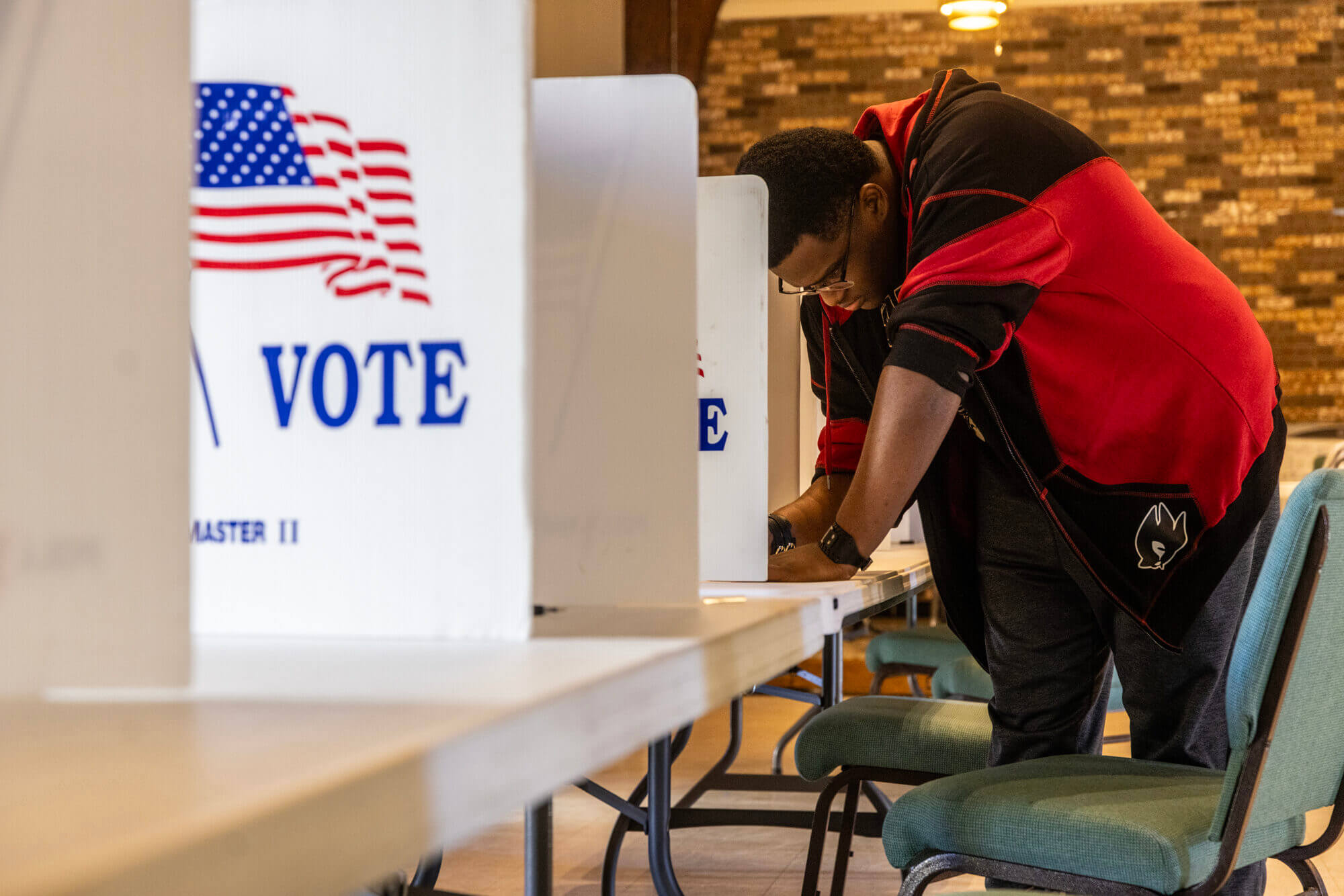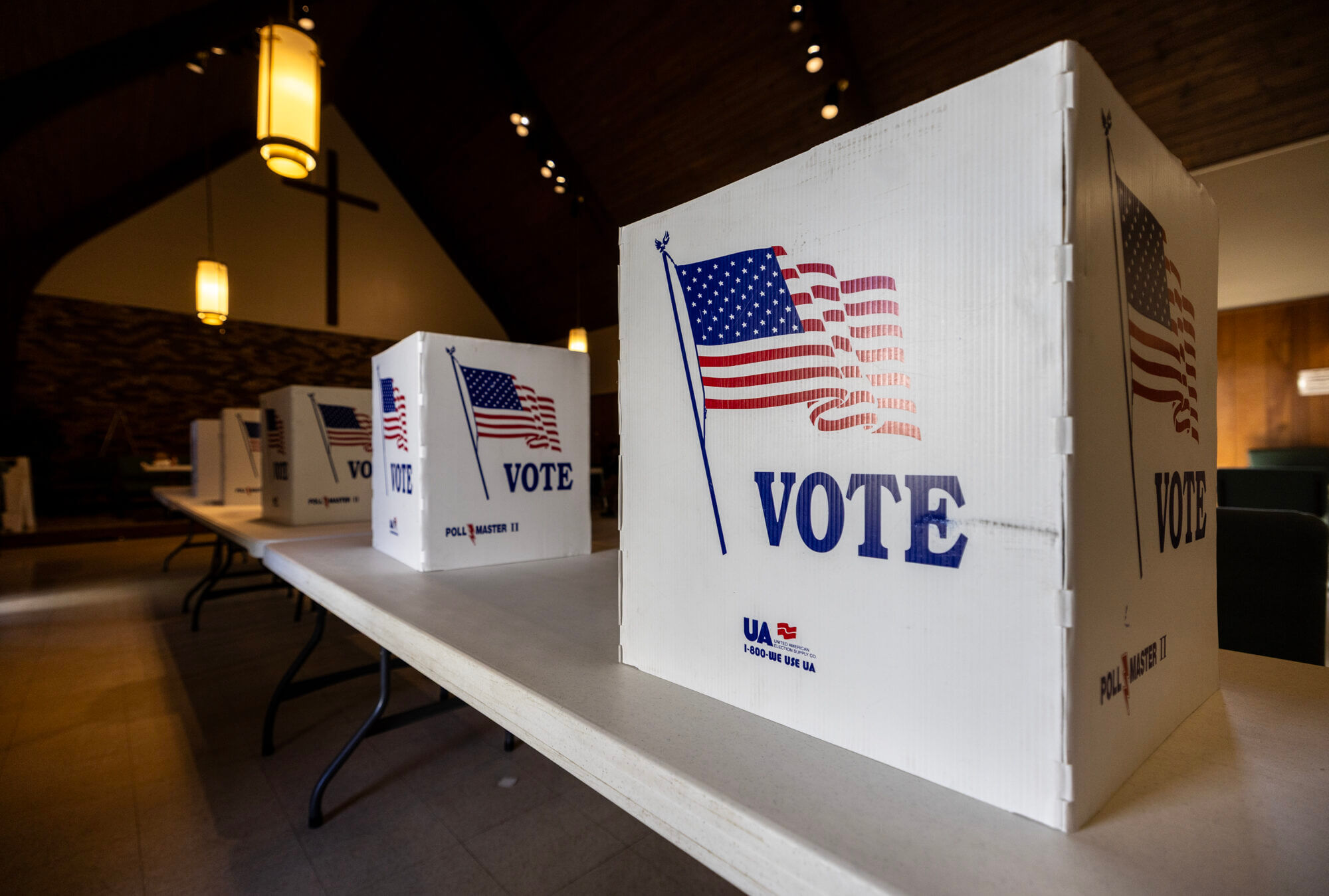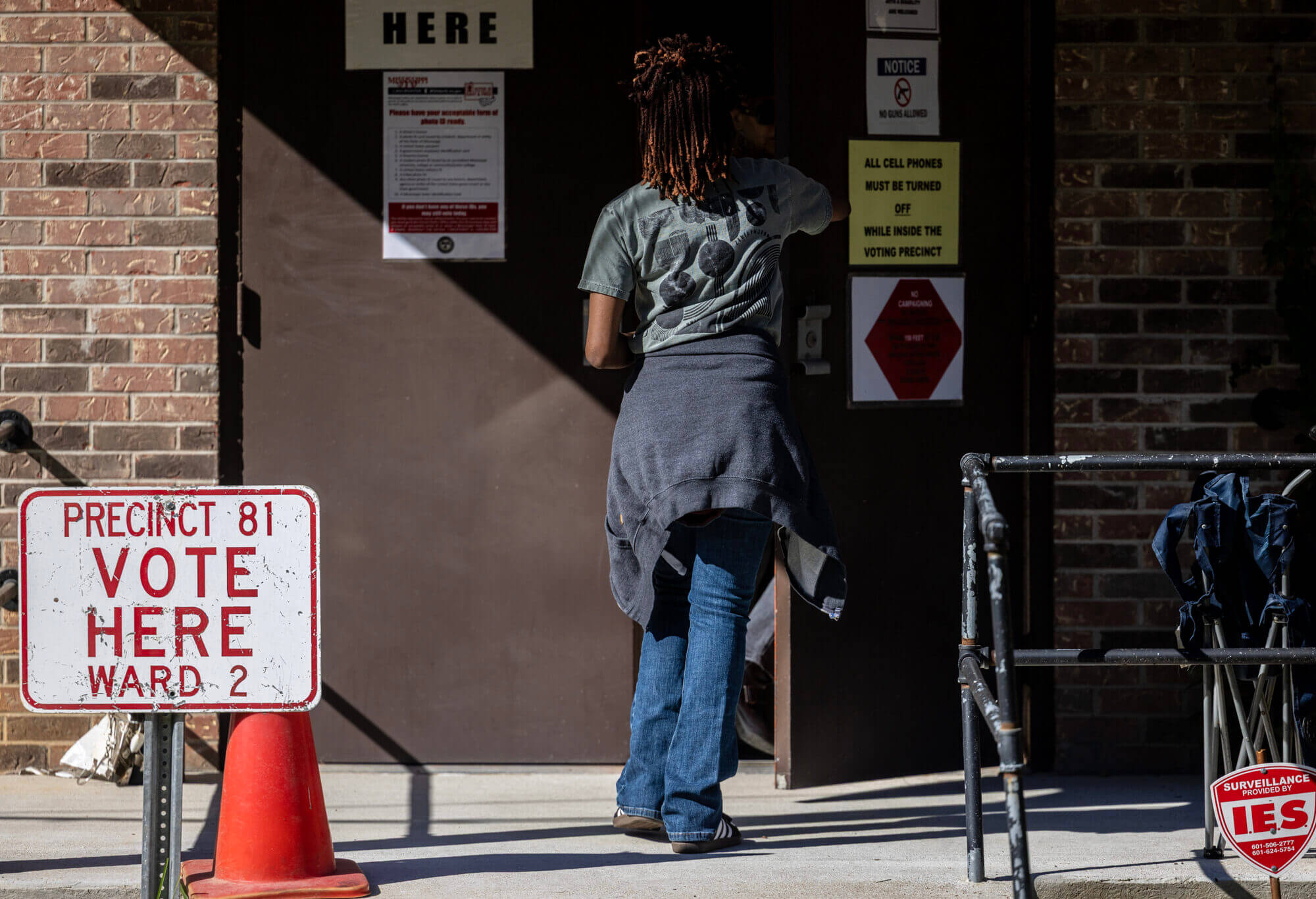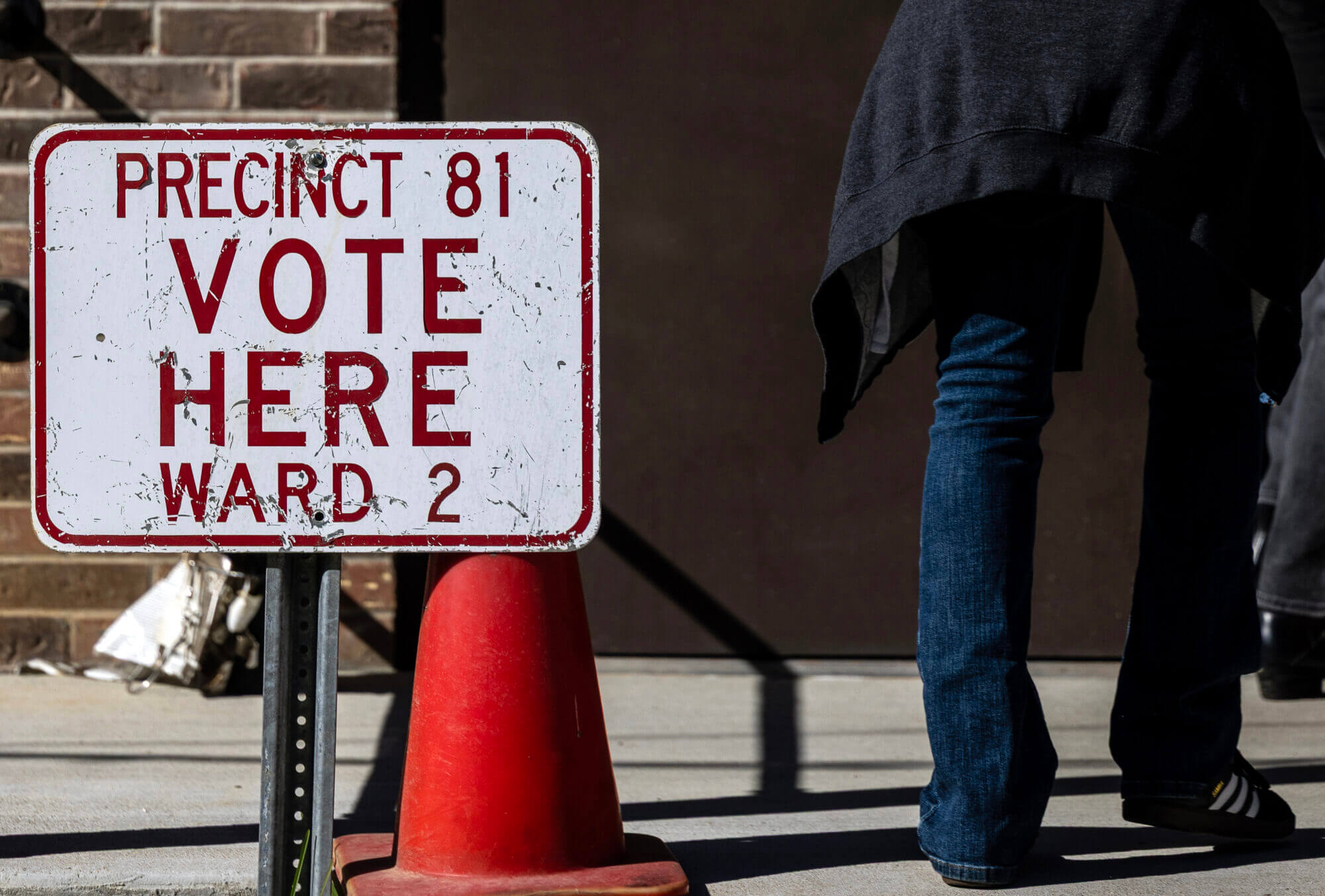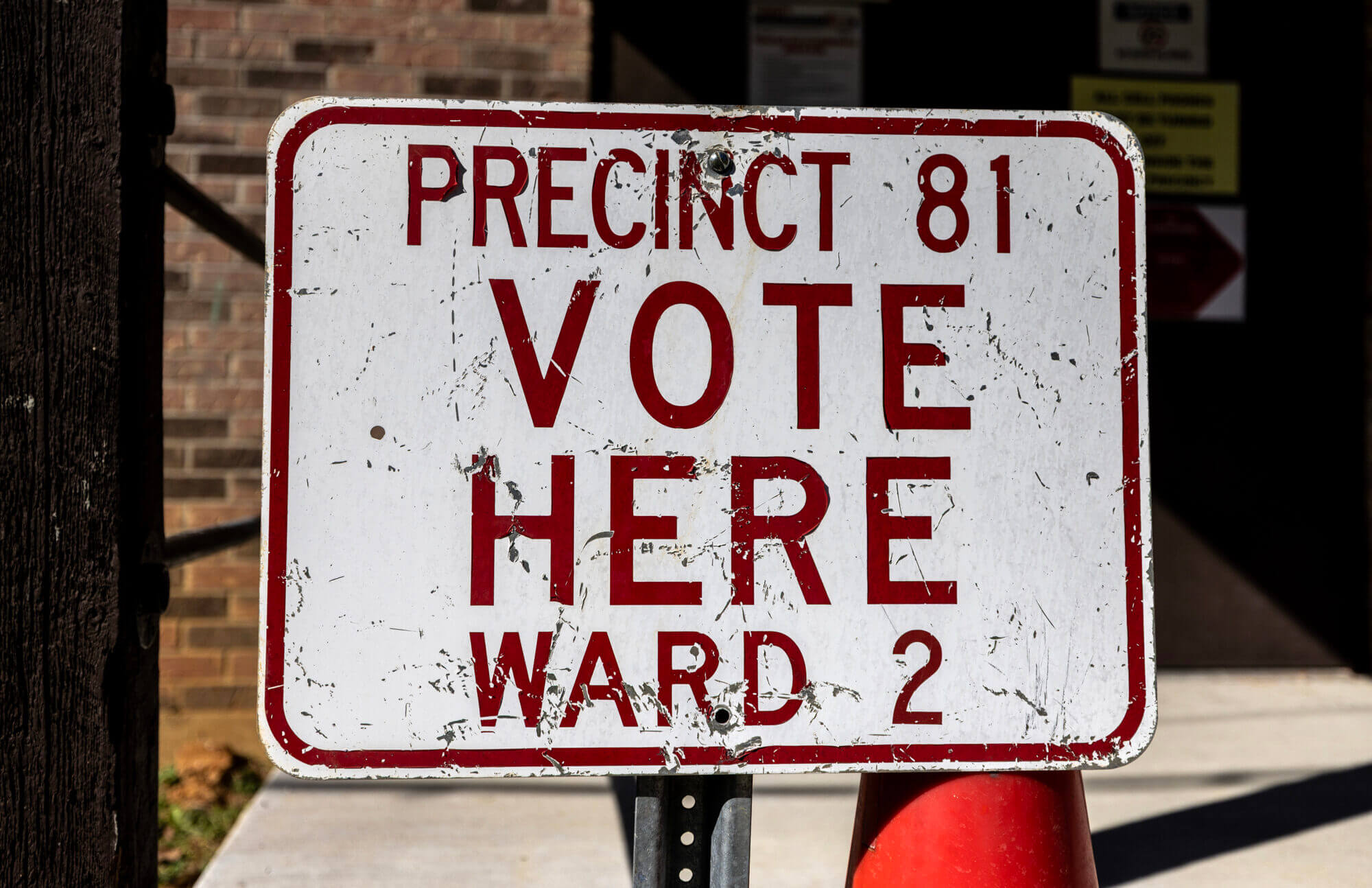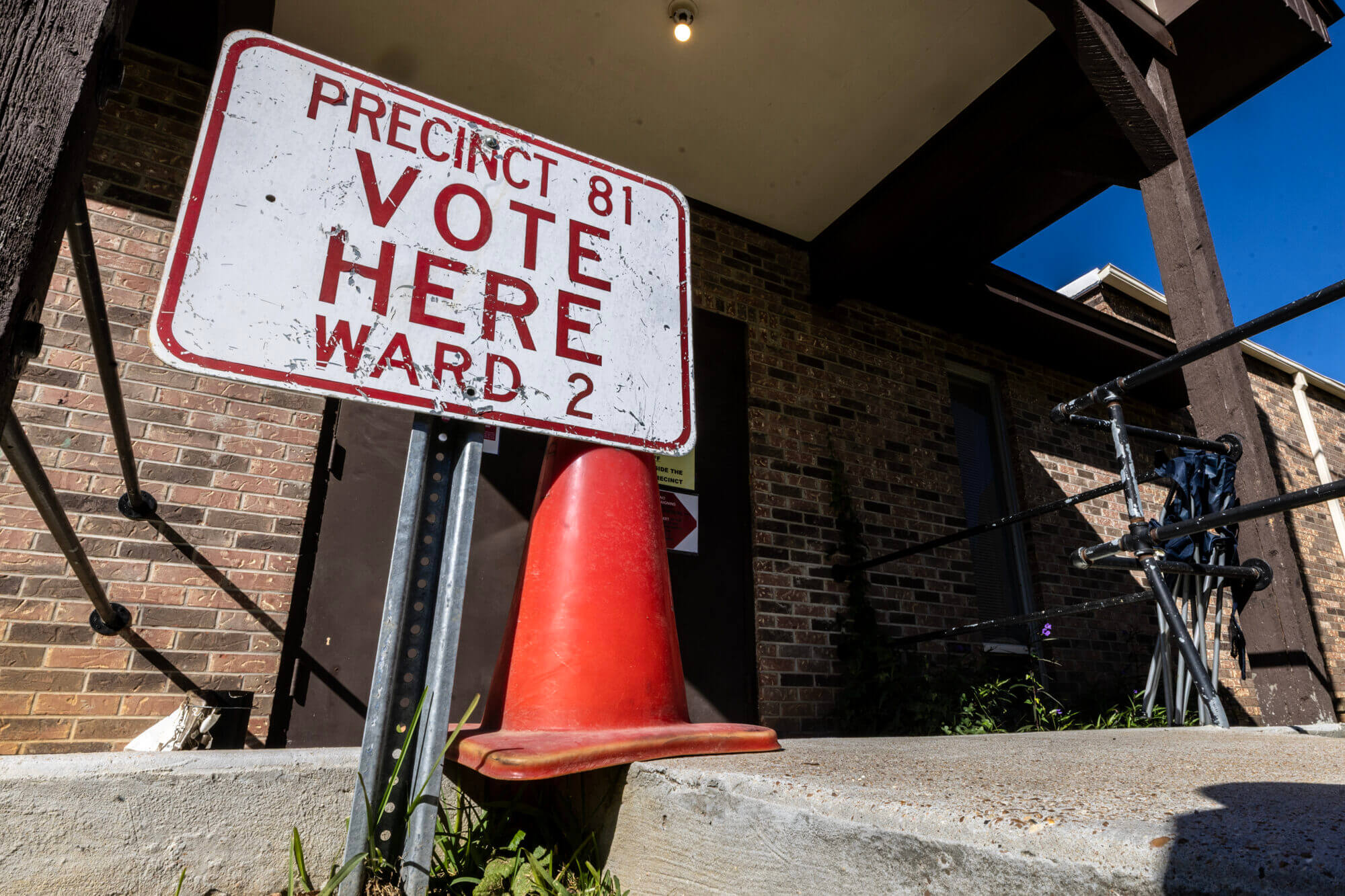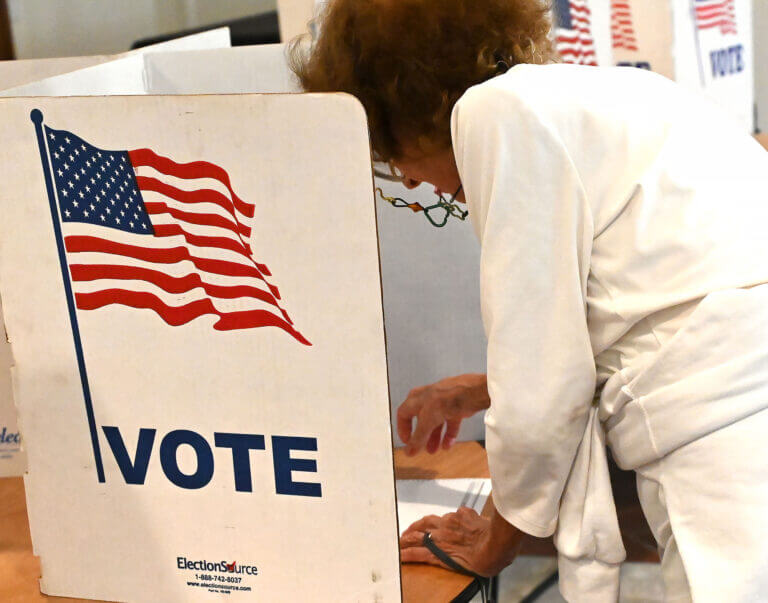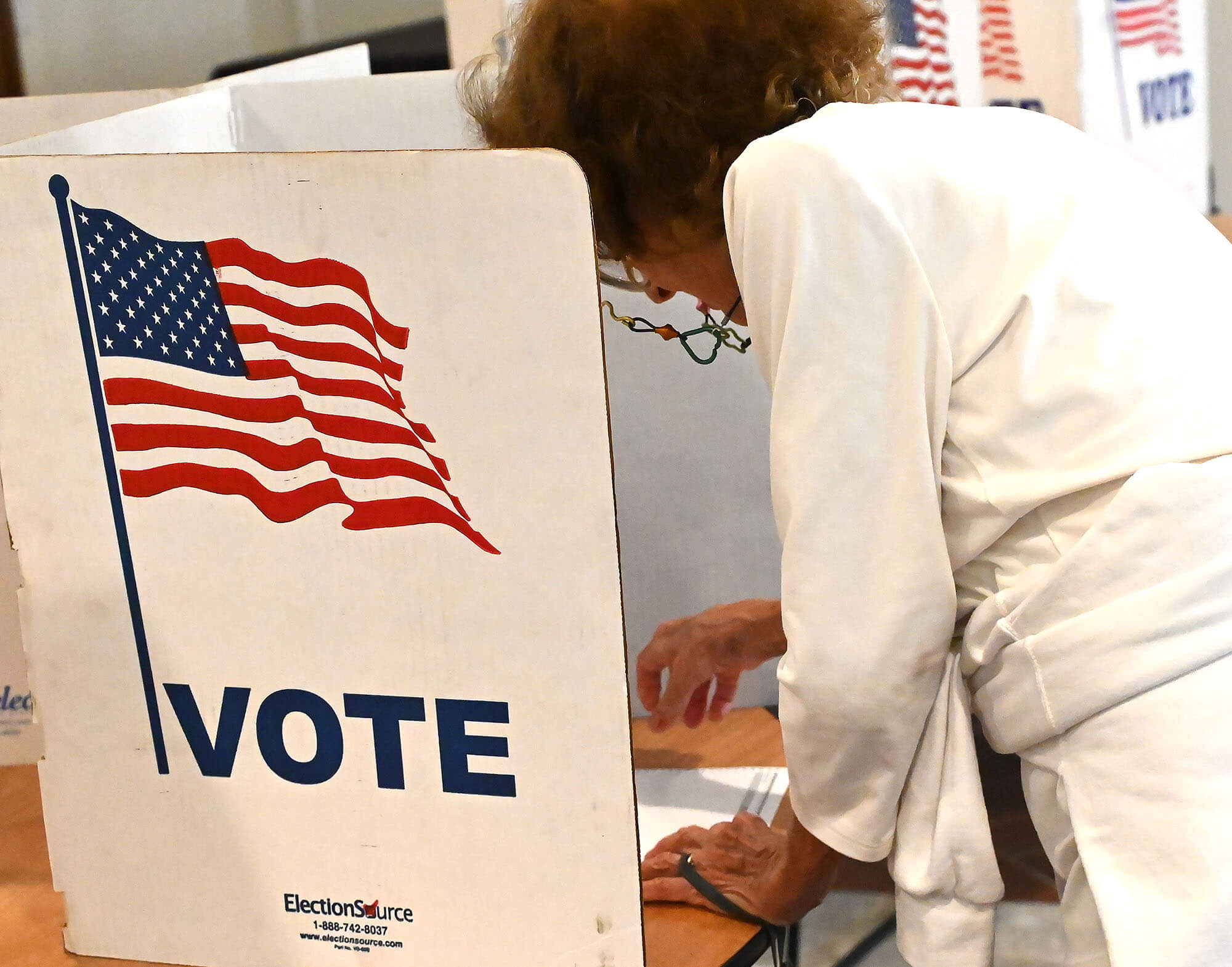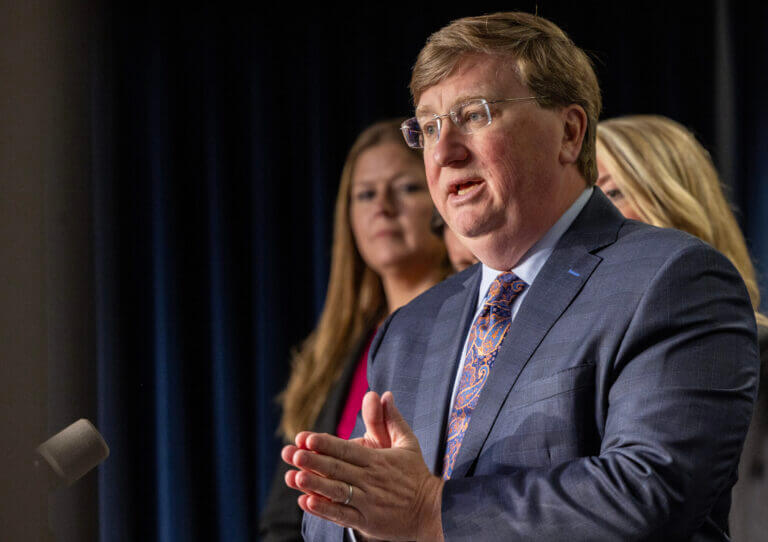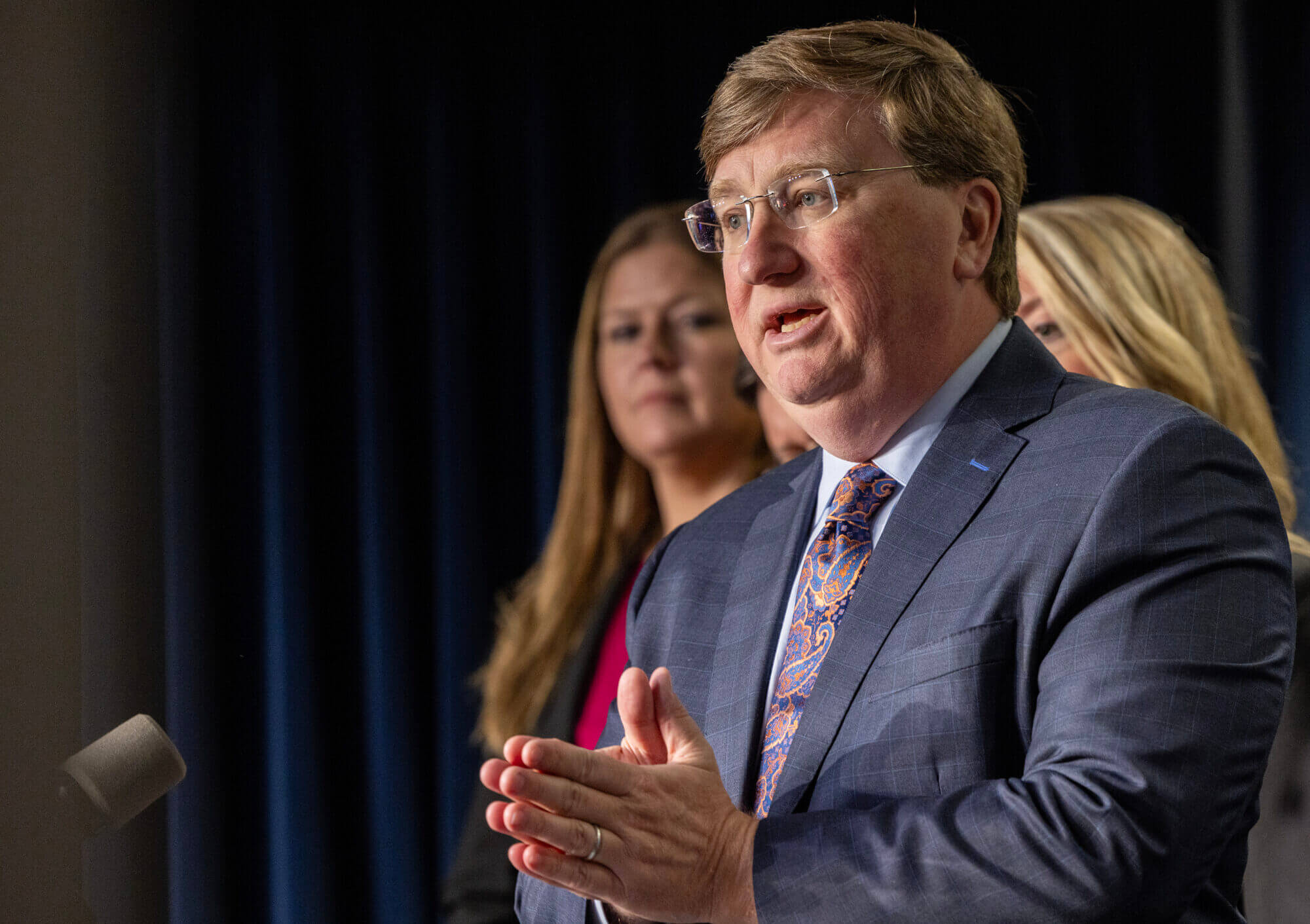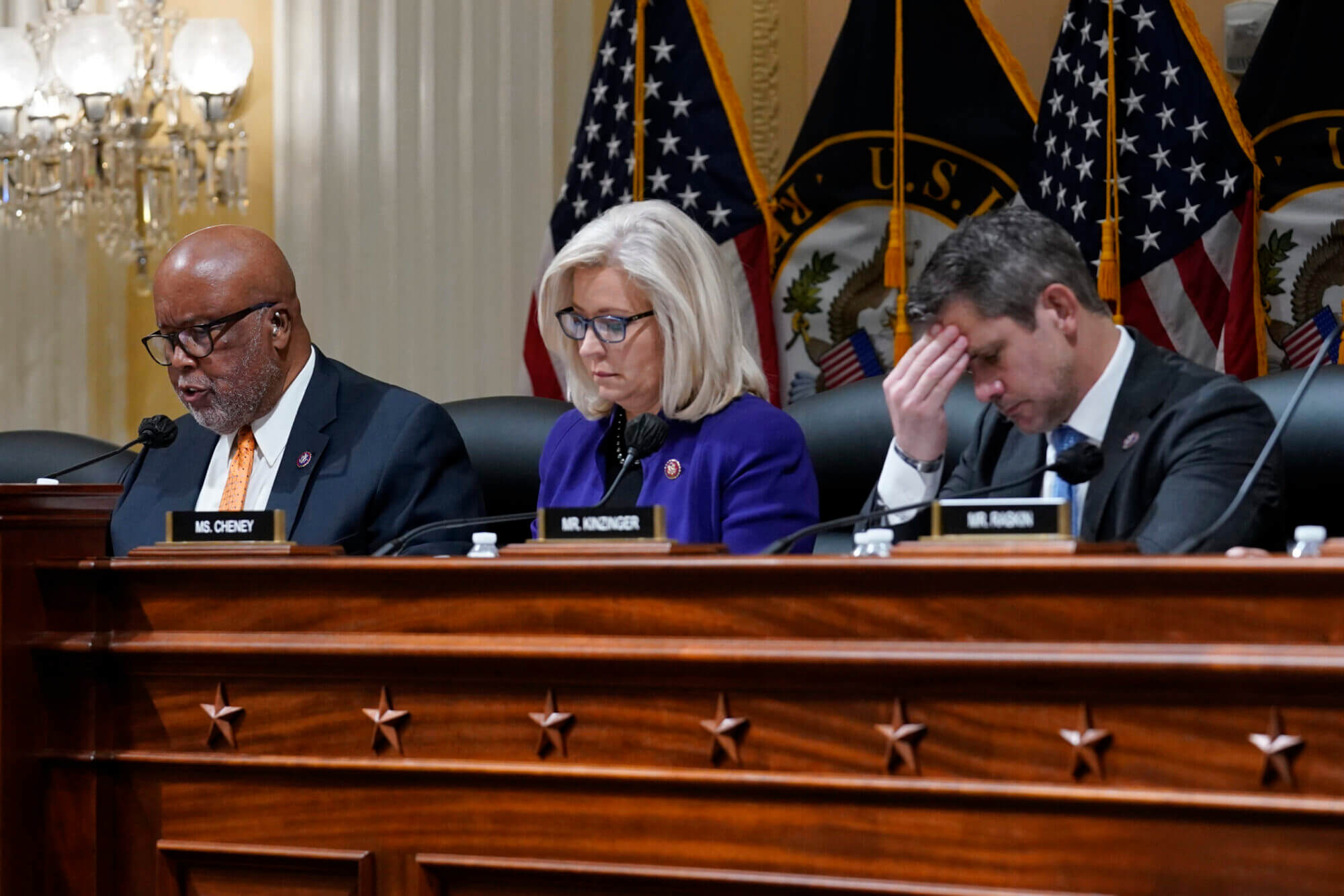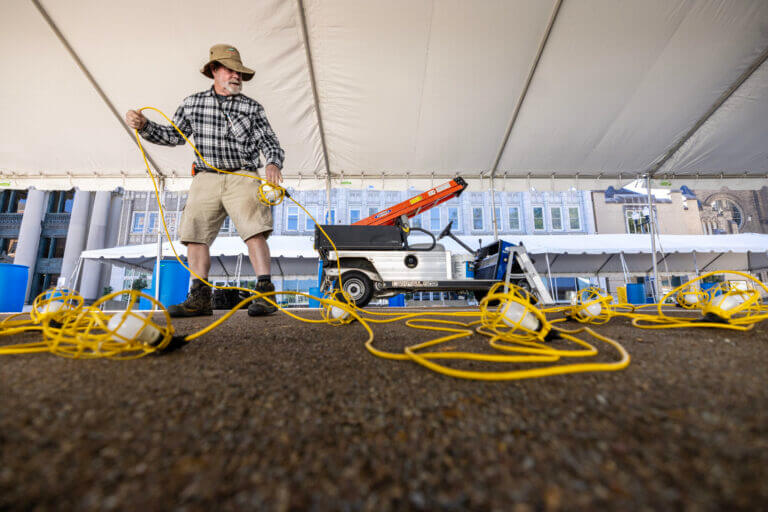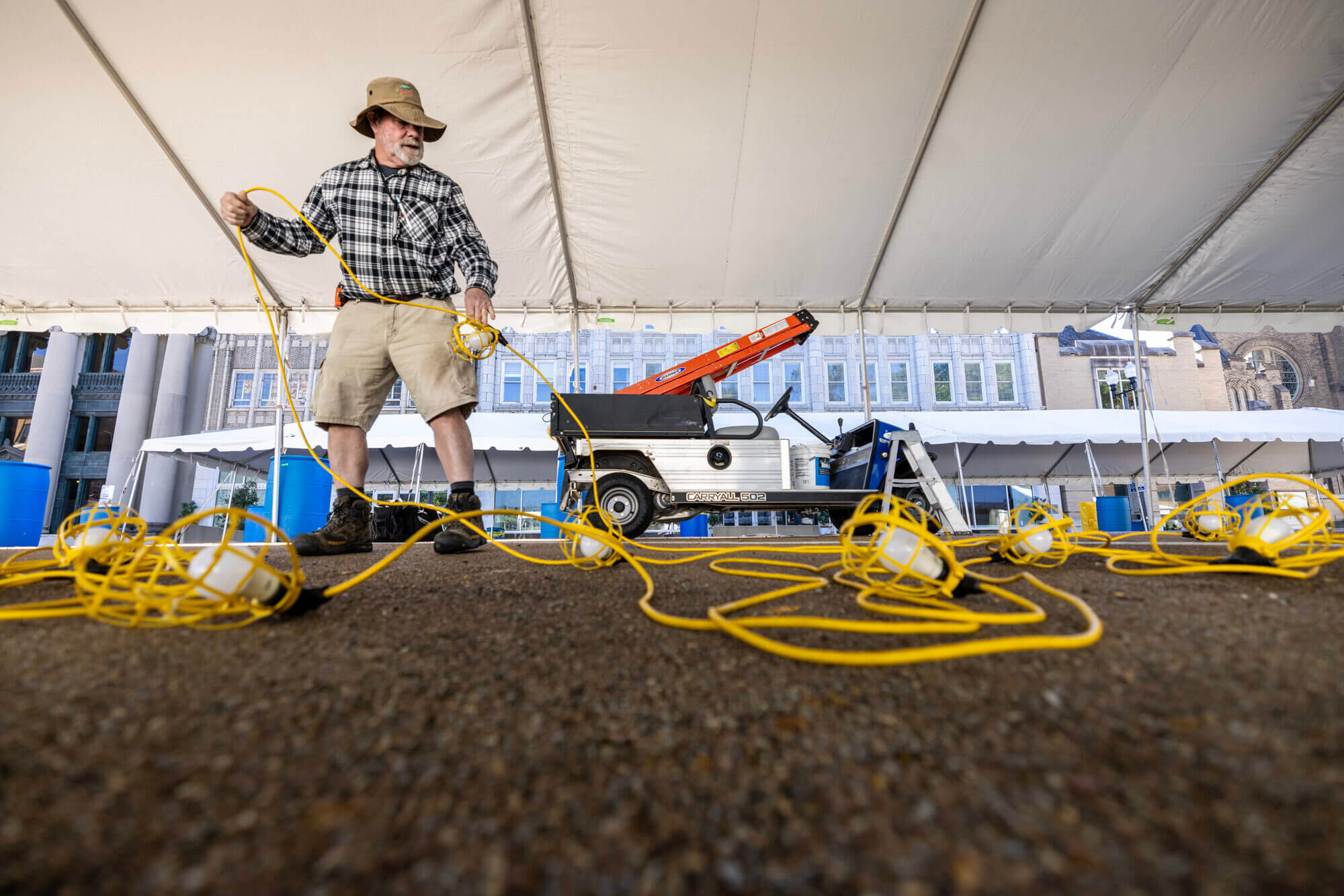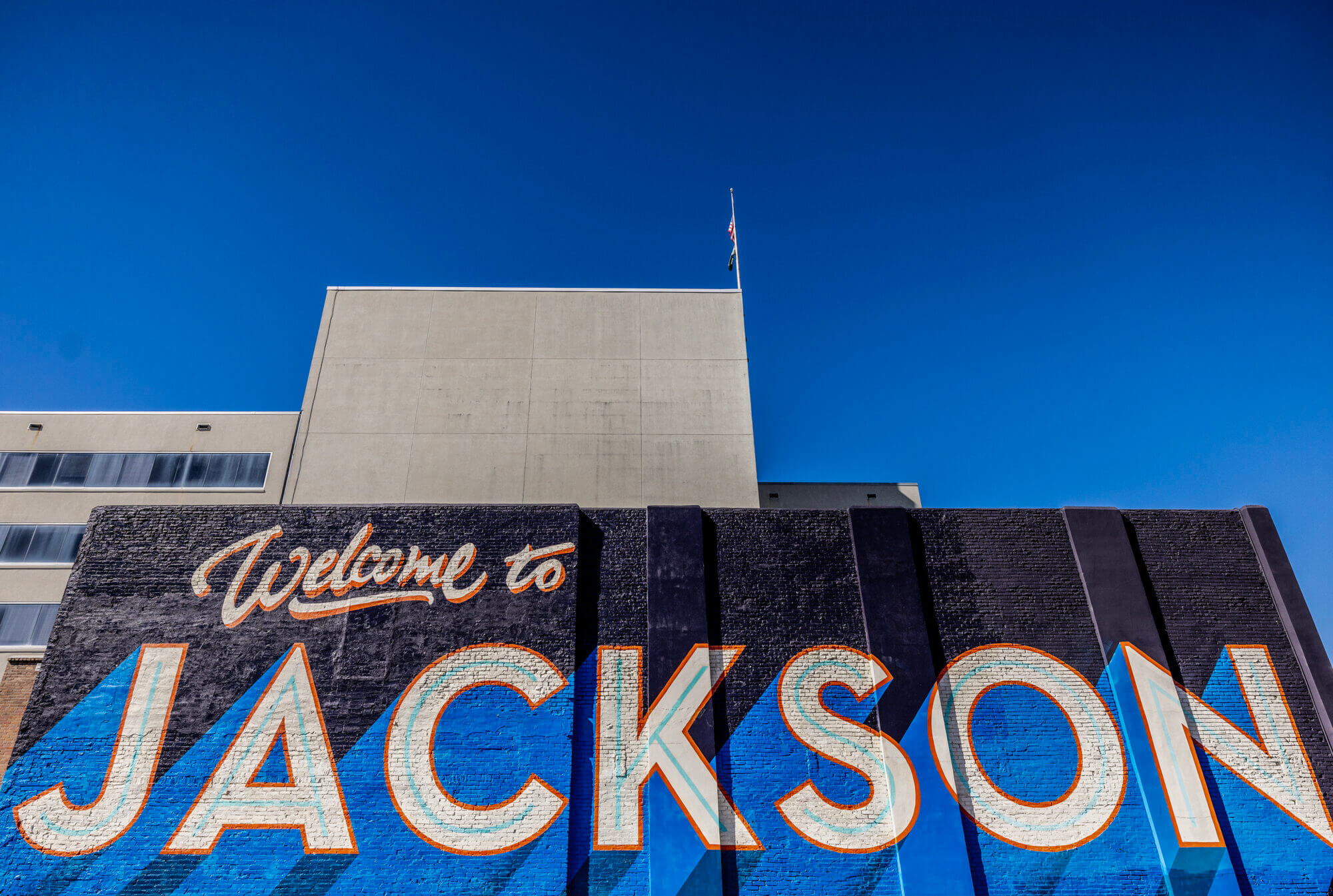
Grammy-nominated singer/songwriter Hayes Carll is currently touring promoting his new album – the critically acclaimed, “We’re only human.”
He will perform Saturday night in Philadelphia at the Ellis Theater, which is part of the Congress of Country Music, a museum and music venue started by music icon and Neshoba County native Marty Stuart.
Mississippi Today Ideas Editor Bobby Harrison recently interviewed Carll online about his scheduled performance in Mississippi, his songwriting and the current political climate.
The interview has been edited for length and clarity.
Mississippi Today Ideas – How did this Nov. 8 concert at the Ellis Center come about?
Hayes Carll – We’re just on tour promoting the new record, and we’re covering a lot of grounds. I heard about this, I think, new venue. The association with Marty and the town, just made it a good stop.
MT Ideas – What can we expect from that concert?
Carll – I’m going to have my band out with me. I’ve got a six-piece band. I call them the Gulf Coast Orchestra. I started out on the Gulf Coast of Texas playing music. So that’s been what I called my bands ever since.
It’s a pretty eclectic show. We kind of run the range between singer-songwriter and storytelling stuff. But then we can crank it up. We’ve got some brilliant musicians and we’ll get loud and honky tonk it and rock out.
I like all kinds of music and have been influenced by a lot of different styles. So for me, a fun show is one where I can incorporate all that stuff together.
MT Ideas – I’m assuming you will be playing a lot of stuff from your new album, “We’re Only Human.” It is getting great reviews. You talk about your music and everything, and all that’s true. But I think you’re known for your songwriting ability and this album doesn’t let people down on that front.
I view the album as kind of about the human condition, about redemption, about struggling and learning to live and thrive.
Carll – Thank you. That’s a really good recap actually. Yeah, I think the human experience can be challenging and I’ve had my struggles over time, and I got tired of having the same conversations with myself year after year. I’m just trying probably like most people to find a way to live with a little more peace and little more joy and to not struggle as much. So I reached a point in life where we really leaned into doing some personal work to try and sort out how I can live better. And so this record stemmed from that. A lot of it’s just things I discovered for myself about how to stay sane and joyful and grateful.

I wrote it in large part for myself. It was, you know, one big therapy session. I feel like as I’ve gone out and played it for people and shared it with the world I get a lot of feedback that it seems to connect. You know, we’re not that different no matter what our circumstances are.
We all want to feel safe and appreciated and not overwhelmed and able to navigate life with some grace and love. It started off about me, but I think it’s turned into something that hopefully people, regardless of their situation, can relate to and connect with.
MT Ideas – Would you consider this album sort of a departure from your past work?
Carll – I do in a couple ways. This is my 10th record, and I got into songwriting just because I loved it so much – the storytelling, the ability of songwriters that I looked up to, to articulate my experience or put words to my feelings that I didn’t know how to do to put me in a certain kind of mood to help me find my identity. And there’s so much about it that I just was really excited by.
So when I started writing, I was like most artists, you start off kind of copying your heroes and you slowly start to find your own style and I found I had a lot of different styles and things that I liked to touch on. I would write a song and do it the best I could and then write another song and it came time to make a record.
I would just kind of collect all the songs I had finished and find the best ones or the ones that fit together the best.
This was the first time in my life, in my career, that I had set out with an intention and a theme about what I wanted to write. It was a very different process for me because of that.
I had some parameters where if it’s not honest, if it’s not helping me sort something out or express something that I felt like I needed to express, then it just wasn’t part of this record. I’ve got a lot in the past of storytelling songs or rock and roll songs, or honky tonk songs or funny songs or things that are touching on specific things, but usually looking from somebody else’s point of view. In this record, I just tried to keep it in a space where I was working toward a goal. And so that was kind of liberating to be able to know that everything I was doing creatively was in this area.
MT Ideas – Well, if you listen to the words closely though, I still think, you don’t lose your sense of humor, which I think has been an important part of your work for a long time.
Carll – Yeah, thank you. It’s always been important to me. Humor. You know John Prine is a hero of mine. And there’s so many songwriters who can use humor to just be funny or as a contrast to the serious and the heavy. I love the idea of showing the whole human experience and humor and levity and ability to laugh at oneself or at the surroundings.
That’s how I keep my sanity a lot of times. And so even when I’m trying to work through some heavier stuff for me, humor’s always gonna be a part of it.
MT Ideas – Full disclosure. I first learned about you back when my brother-in-law gave me an album – it was actually a CD – called “Trouble in Mind” for Christmas in 2008, 2009.
Carll – Yeah. that’s about right.
MT Ideas – To this day it remains one of my favorite albums. That album I think, it really captured you as a songwriter. I think you have a unique ability to be funny, but also poignant and write tear jerkers at the same time. “Nice things” is not on that album, but it is one of my favorite songs.
Carll – It’s one I wrote with Brothers Osborne, one of my favorite country bands here in Nashville. Yeah, that originally started out as I had this idea of a wife saying to her husband why we can’t have nice things. And at first we were thinking about writing from that point of view. Then we sort of zoomed out and made it more global, universal.
MT Ideas – You made God a woman, and she came back down and just said, whoa, this is why we don’t have nice things.
Carll – Exactly. She was not thrilled with some of what she saw going on.
MT Ideas – OK. You mentioned John Prine. You’re from Texas. I know Texas is a big state with lots of people, but still it seems like Texas has more than its share of great songwriters going back to Townes Van Zandt, one of my favorites, Guy, Clark, and on and on. You’ve been placed in those categories of songwriters. Are some of those folks your heroes?
Carll – Absolutely. Texas has a really rich songwriting tradition, musical tradition, just sort of in the air there, I mean, the first memories I have are listening to Willie Nelson.
Kenny Rogers was one of my first. That’s not the same kind of thing as a songwriter, but he was one of my first musical influences. I had an uncle who played in a garage band with Kenny in Houston. It is just kind of everywhere.
Yeah, I, really got heavily into Townes and Guy. Lyle Lovett was maybe the first one for me – his ability to have this unique perspective and this sense of humor and weirdness and elegance and combine all these things that I just didn’t hear on the radio a lot. And, so I really did a deep dive pretty early on into finding all these, to me at the time, obscure singer-songwriters.
They became heroes and now they’re, I think, seen as legends. It’s been really cool for me to come out as those people were my heroes. One of the first co-writes I ever did was with Guy Clark. I got my start in a bar called “The Old Quarter” that Townes had recorded a live record in. I get to tour with Lyle and he’s become a friend, and I’ve toured with Robert Earl Keen. And so for me, as a kid who just looked up to all these guys and viewed them as titans and geniuses and just really brilliant artists, it’s been really gratifying to through the course of years, get to befriend them, work with them. It’s really special. I have to pinch myself sometimes.
MT Ideas – What, what was your thought process writing, ”She left me for Jesus?”
Carll – I have a friend named Brian Keane, who’s a great singer songwriter. And he came over to my apartment. I was living in Austin at the time, and he was kind of going through a situation where his relationship was maybe not going to work out because he was not religious enough.
He brought that idea to me. At first I wasn’t feeling it. I wasn’t sure what to do with that. Sometimes you start a song, and it could take years and you just labor away and sometimes it just happens like that. We got the concept that there was this mistaken identity and that the guy thought his girl was cheating on him with some guy named Jesus and didn’t put it together.
And then we kind of made him a certain type of character and started bringing satire and irony into it. We wrote it in probably an hour, and then we had three or four extra verses as well. It just became one of those things where the ideas were flowing and we’re just poking a little fun at folks who maybe call themselves Christian, but don’t behave in Christian ways or maybe would pick a fight with Jesus if he walked into a bar today.
MT Ideas – There is some controversy going on today with songwriters involved in politics? You have not taken political stances, but sometimes I think your songs do. Can you just talk a little bit about that?
Carll – First of all, I think on the whole our job is to be artists. I don’t think anybody should be told as an artist what they should or shouldn’t write about. It’s always sort of strange to me when people say people should stick to their lanes.
We’re all people here and I don’t think you have to be an elected official or a talking head on TV to have an opinion and be able to share it. We all have that right. And particularly as an artist, I feel like our job is to look at the world in a certain way and share that point of view.
You don’t have to agree with it, don’t have to like it. But our job certainly is not to get small and, and not examine what we see.
A lot of my heroes early on were really politically active – Bob Dylan or Prine in some ways. And so I always admired that, but I never felt quite comfortable finding my voice to express it – on stage or off.
I definitely have some songs where I think I let it be known where I’m coming from or try to challenge certain ideas. Off-stage, it’s a bit more challenging.
I feel like these days, whatever your opinion is or however justified or based in decency or respect you try to make it, there’s a section of the populist, no matter what side you’re on, that’s gonna come back at you in a pretty unpleasant way. And it’s not that I’m afraid of that blowback, although I don’t enjoy it. But I sometimes feel like I’m just adding to the noise because we seem to have lost the ability to just have a nuanced and respectful conversation.
And so if all I’m doing is throwing fuel out there for people to get upset about, I’m not sure I’m actually accomplishing what I want to accomplish by sharing my opinion. So I just kind of take it as it comes and try to take care of myself and my family and my friends and neighbors.
And I certainly have my opinions and if I feel I need to express them I will and do, but I try not to lead with that. Part of what this record is about is some of that. I like to define people not by their differences or disagreements, but try and find the commonality ’cause I have a lot of people, friends that I disagree with strongly about certain political issues, but I know they’re really good people and so I like to start there and build some commonality and respect there. And then we can argue once we’ve established a baseline of decency.
MT Ideas – Yeah. You have a song on the new record that talks about that, where the couple meets at a rally and yells at each other and then feels bad and goes out to eat together. You have written several songs I think that talk about the ability of people who get along despite their differences.
Carll – Yeah, I feel like we get divided and there’s people who profit off of division and animosity, and I don’t think it’s the regular people who are benefiting from it. And so again I believe everybody should have their belief systems and fight for what they think is important. But sometimes I think with social media and the news 24-7 and all the opinions and all the politics, it can make people think that’s all that we are. And we’re so much more than that.
MT Ideas – Well, look I appreciate your time. I know you’re busy with your new record and getting ready for your tour, so I thank you for taking some time to be with us.
Carll – I appreciate you having me, and I’m really looking forward to playing.




